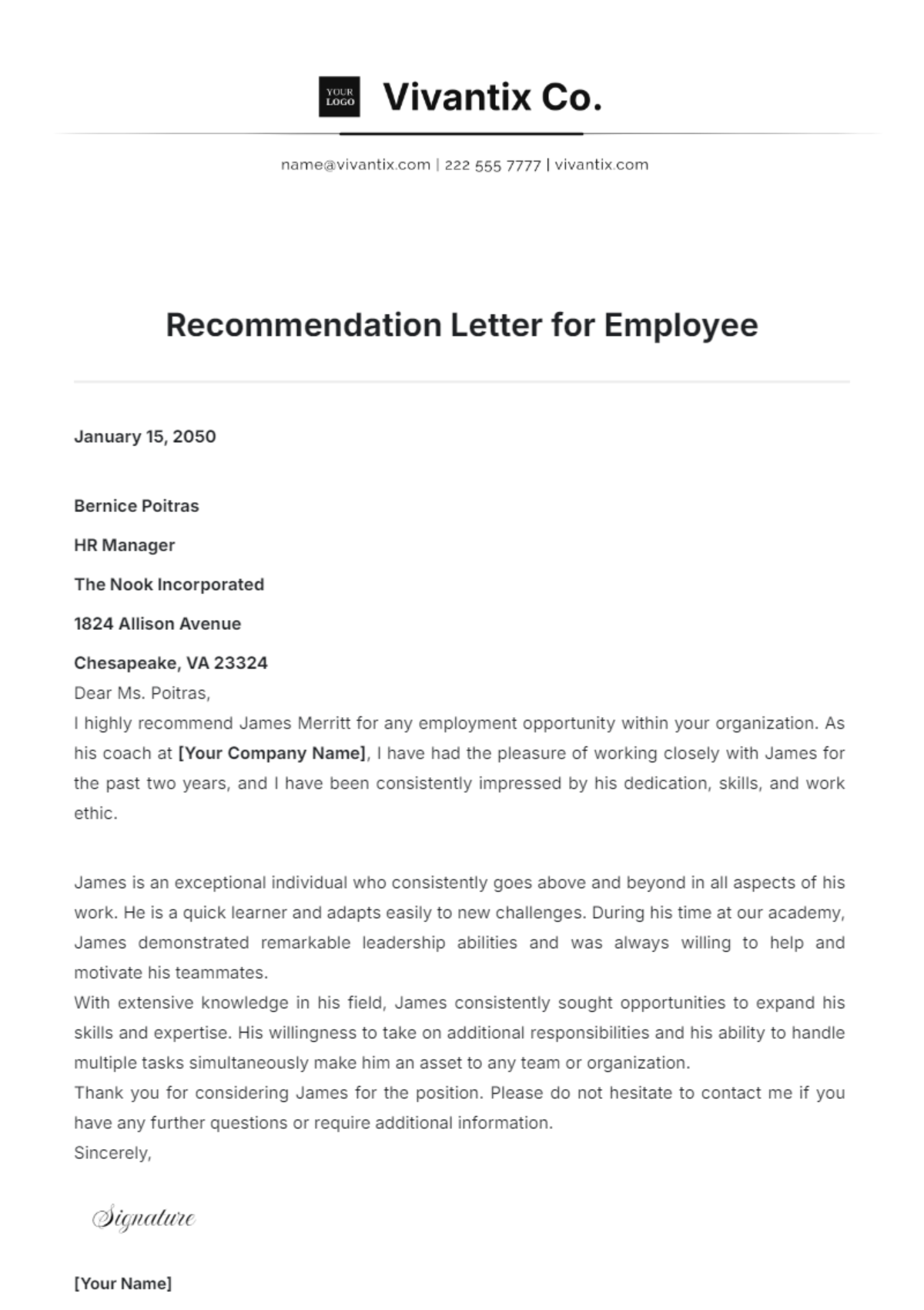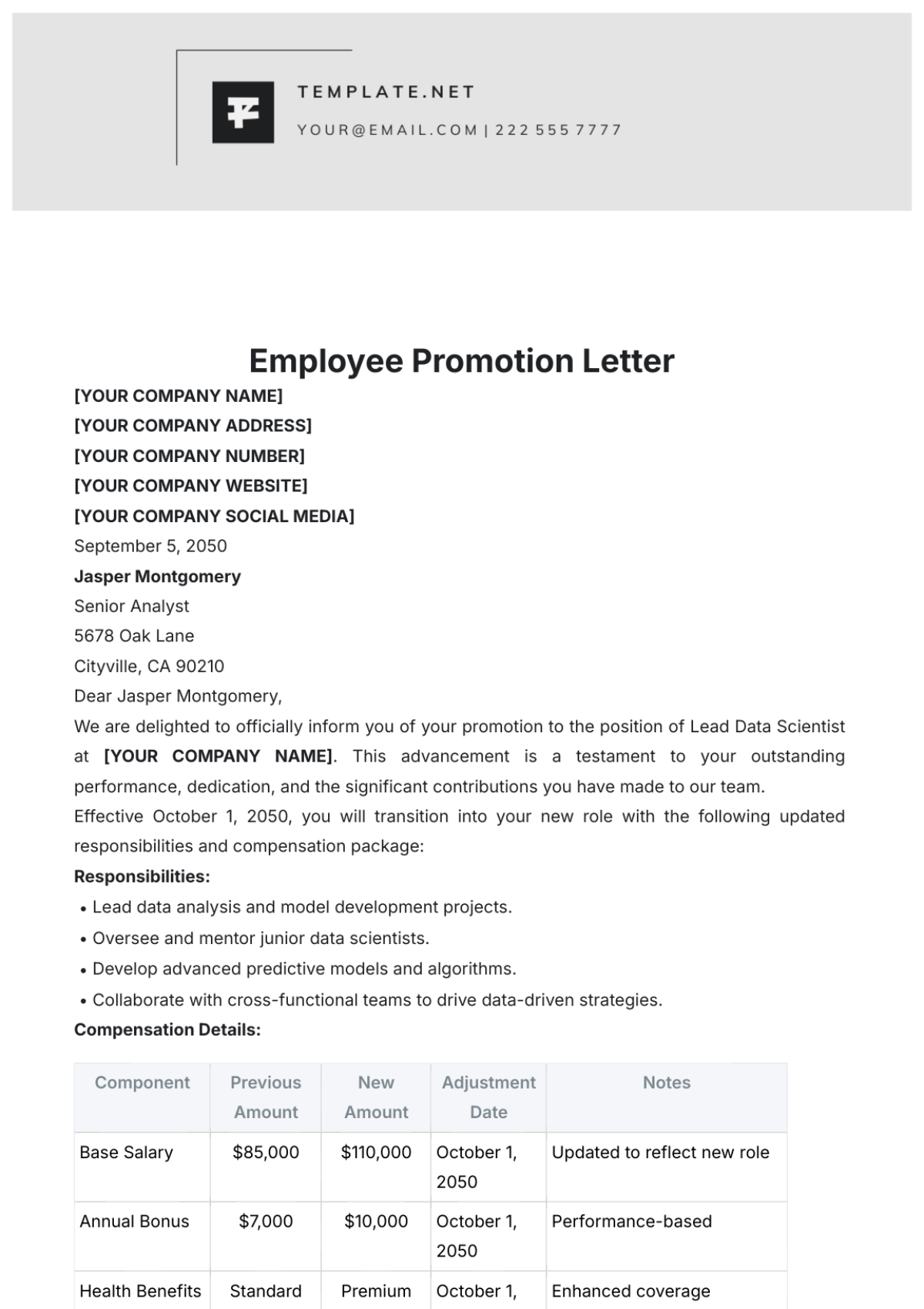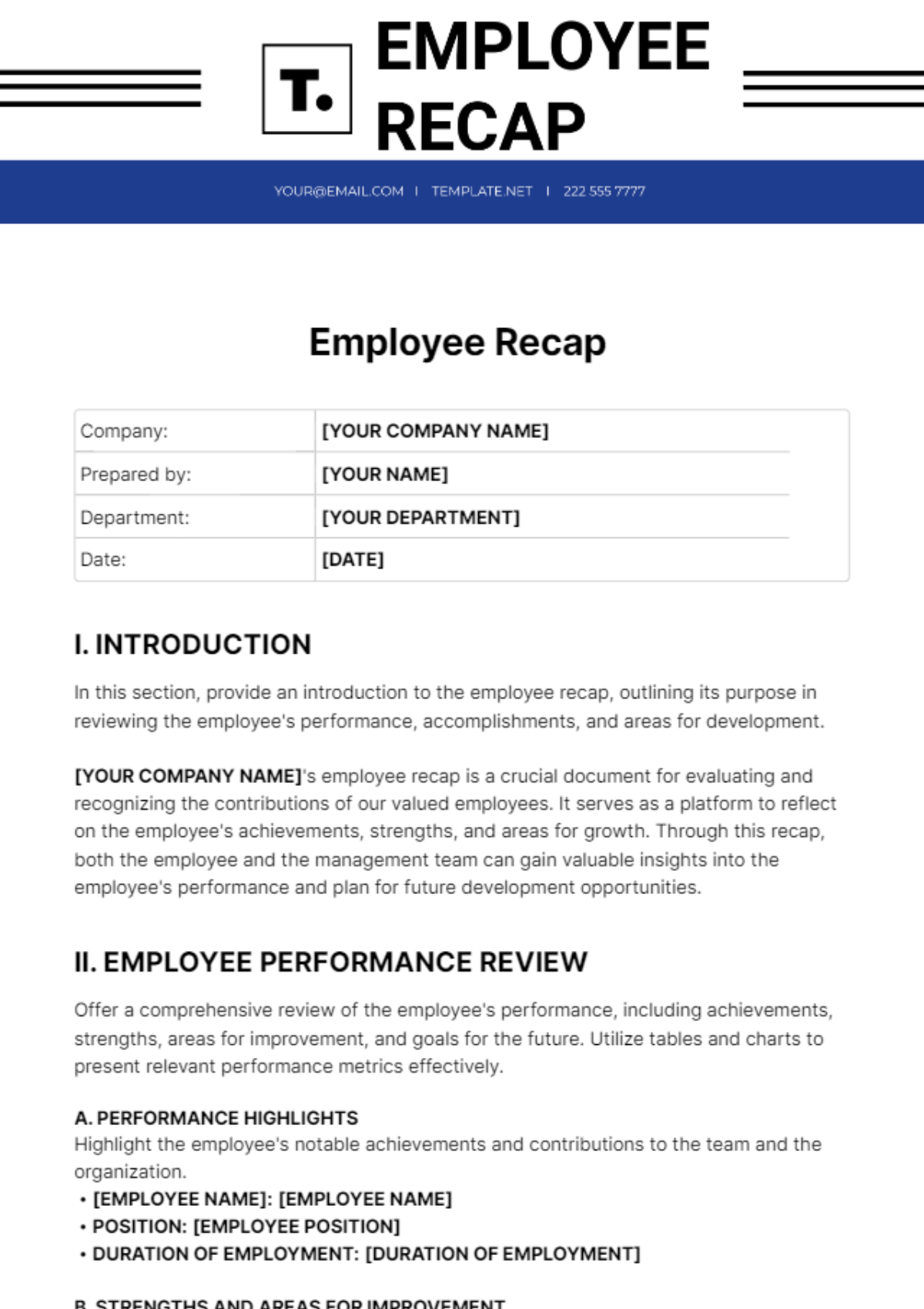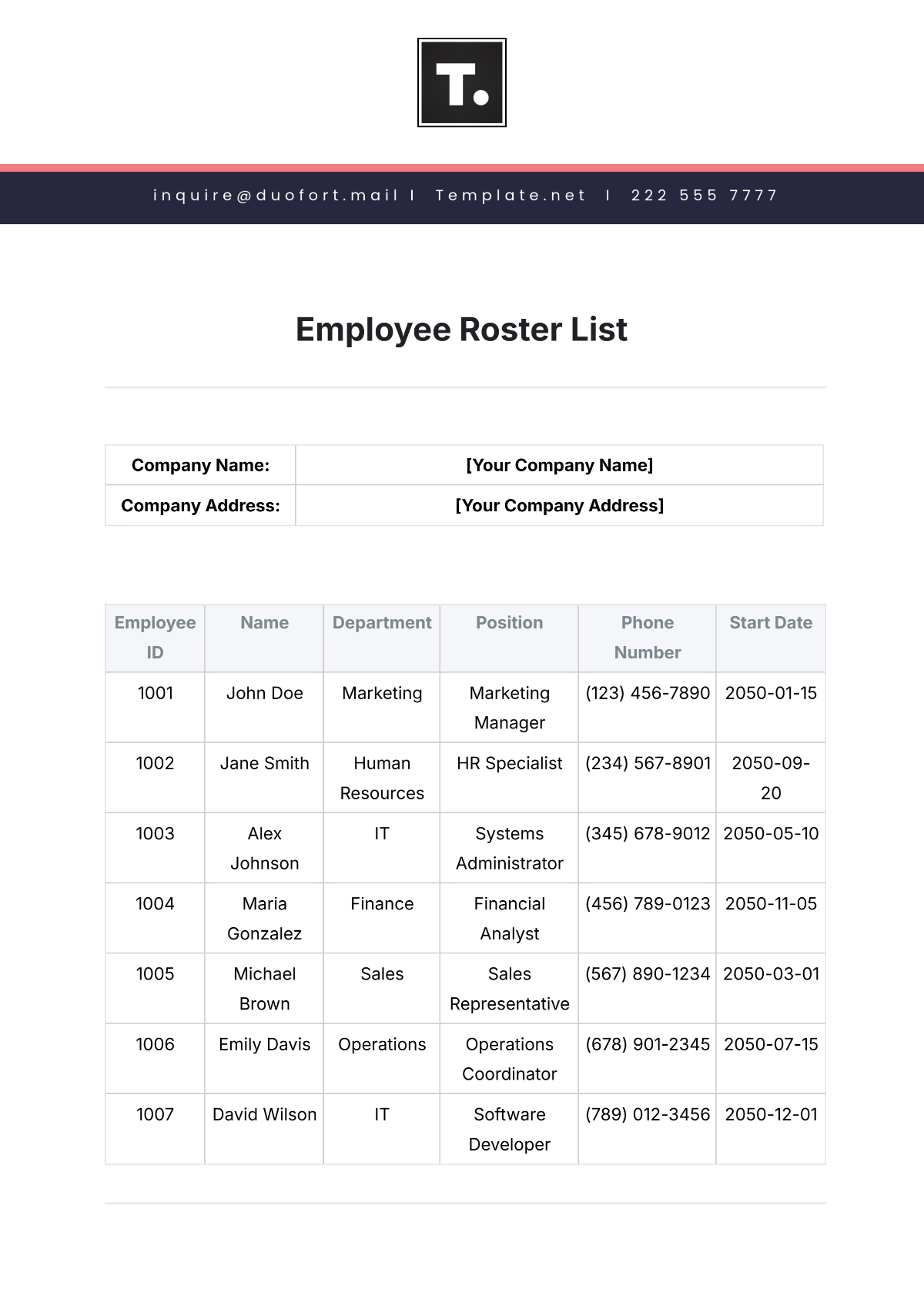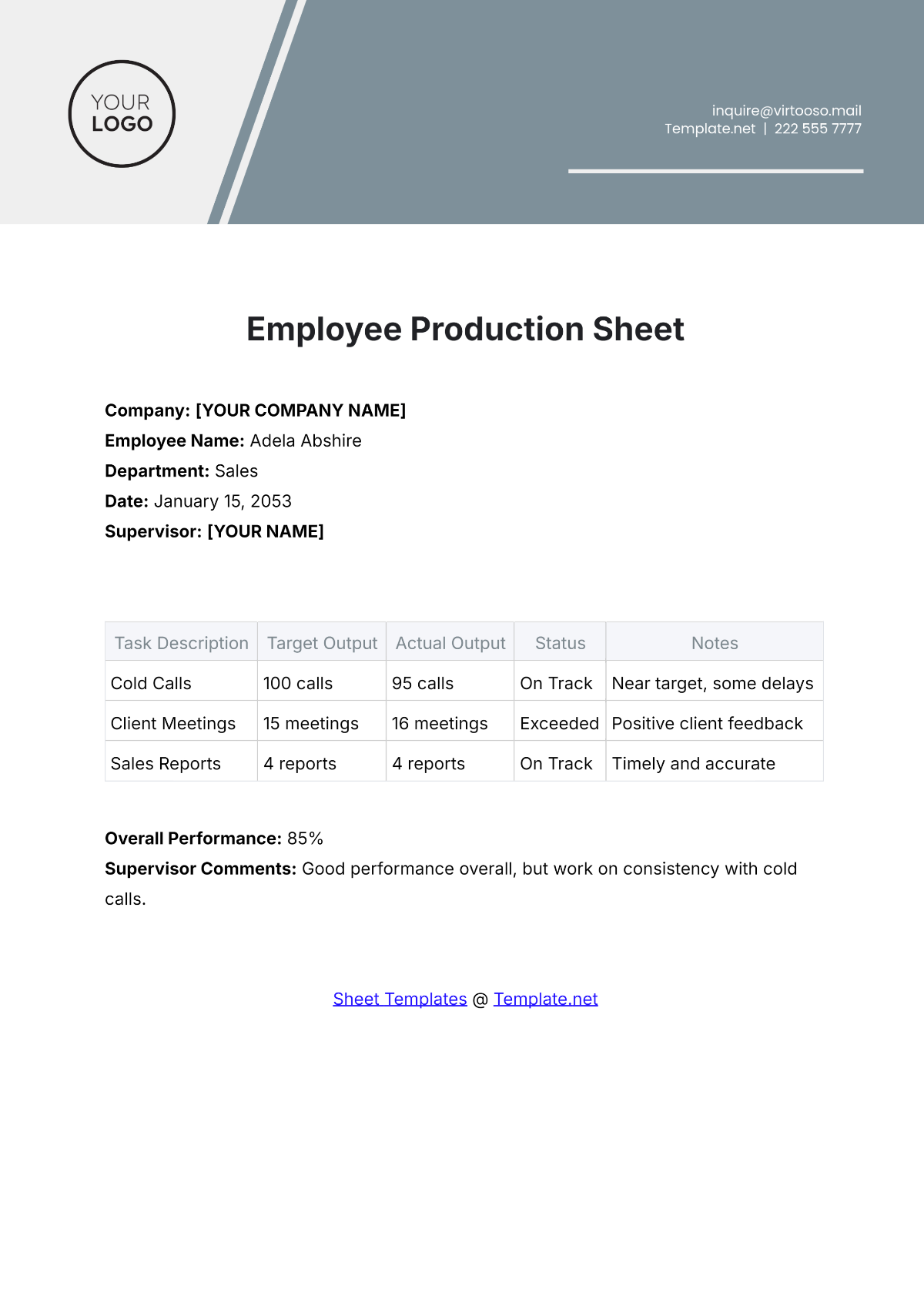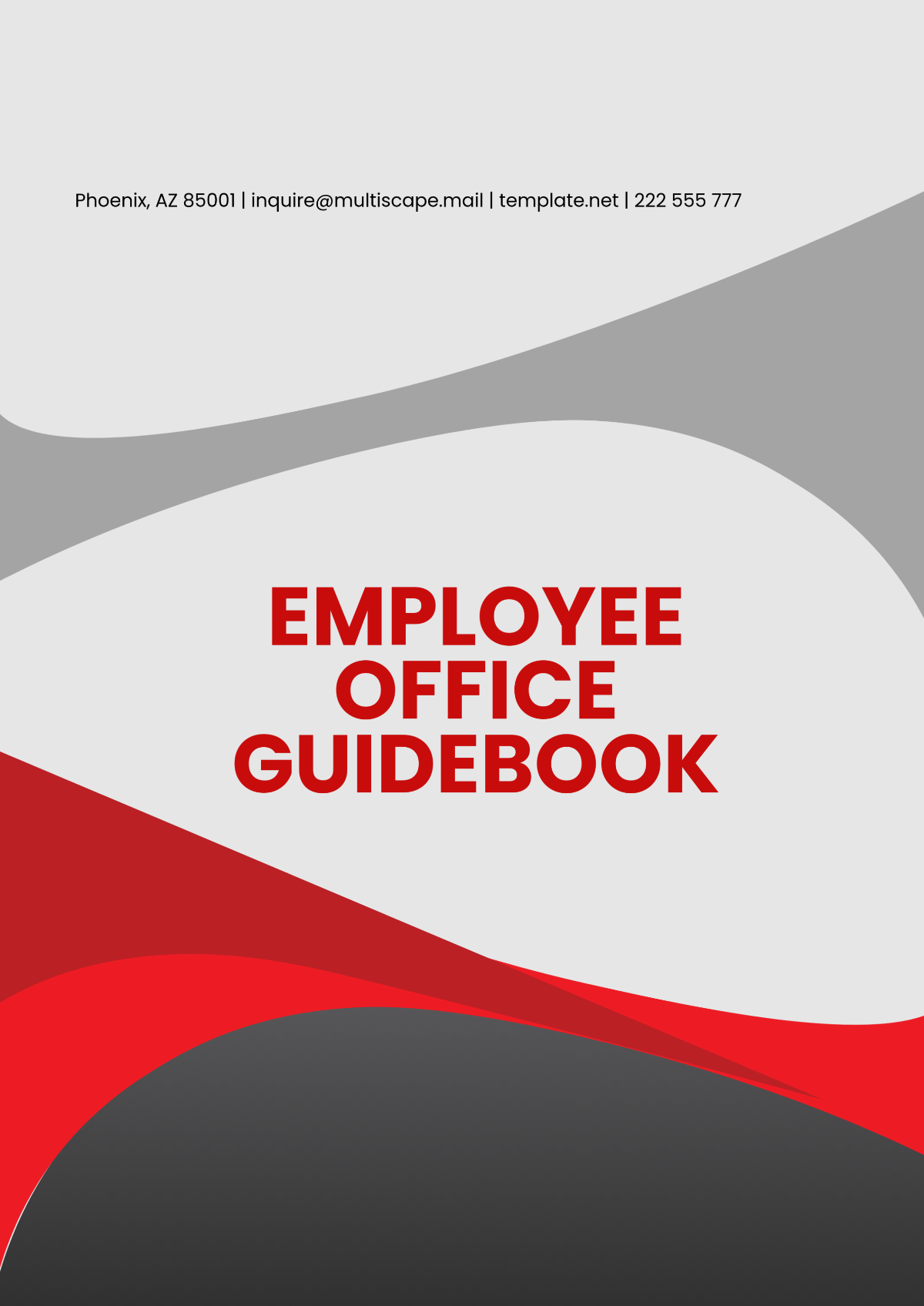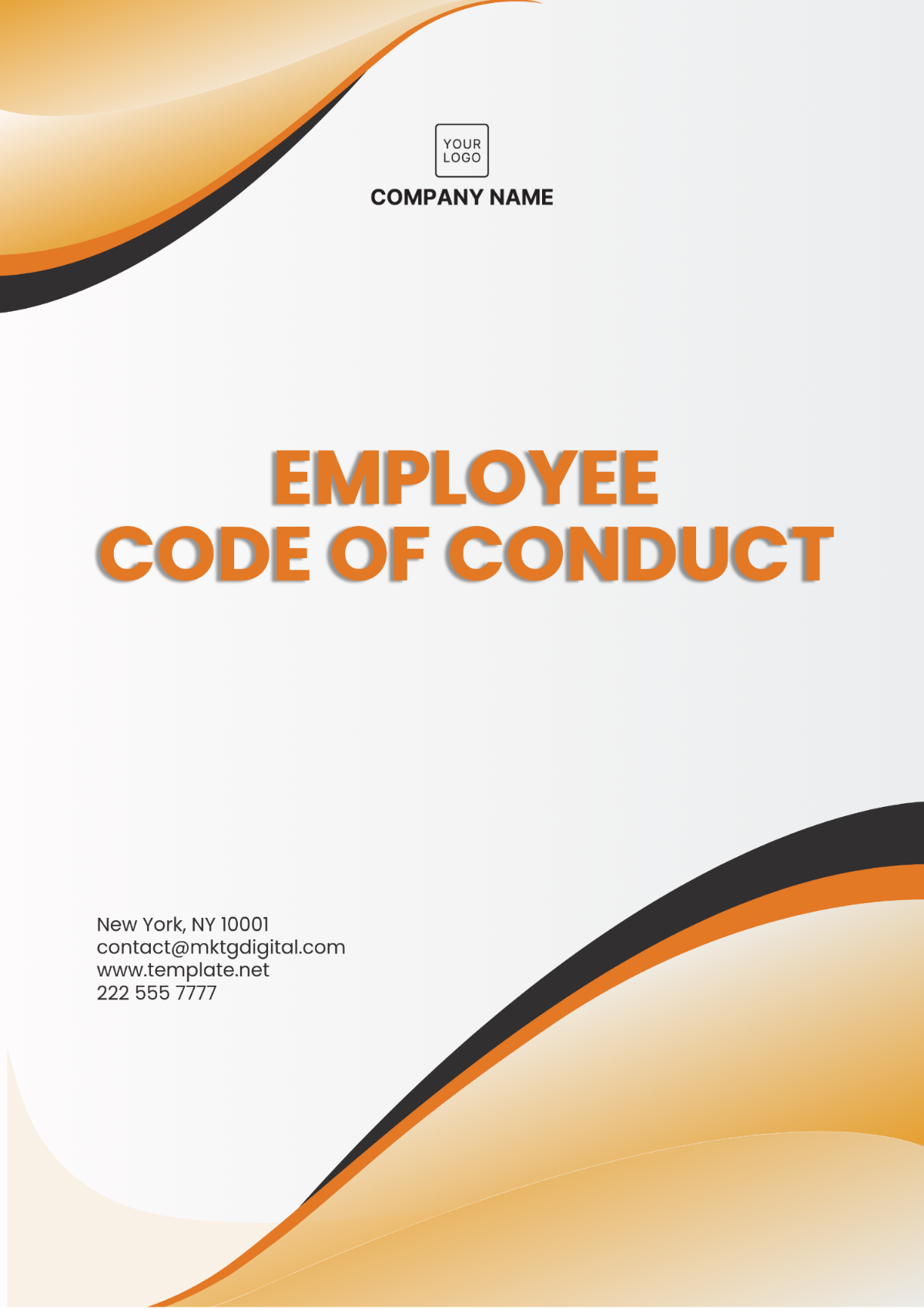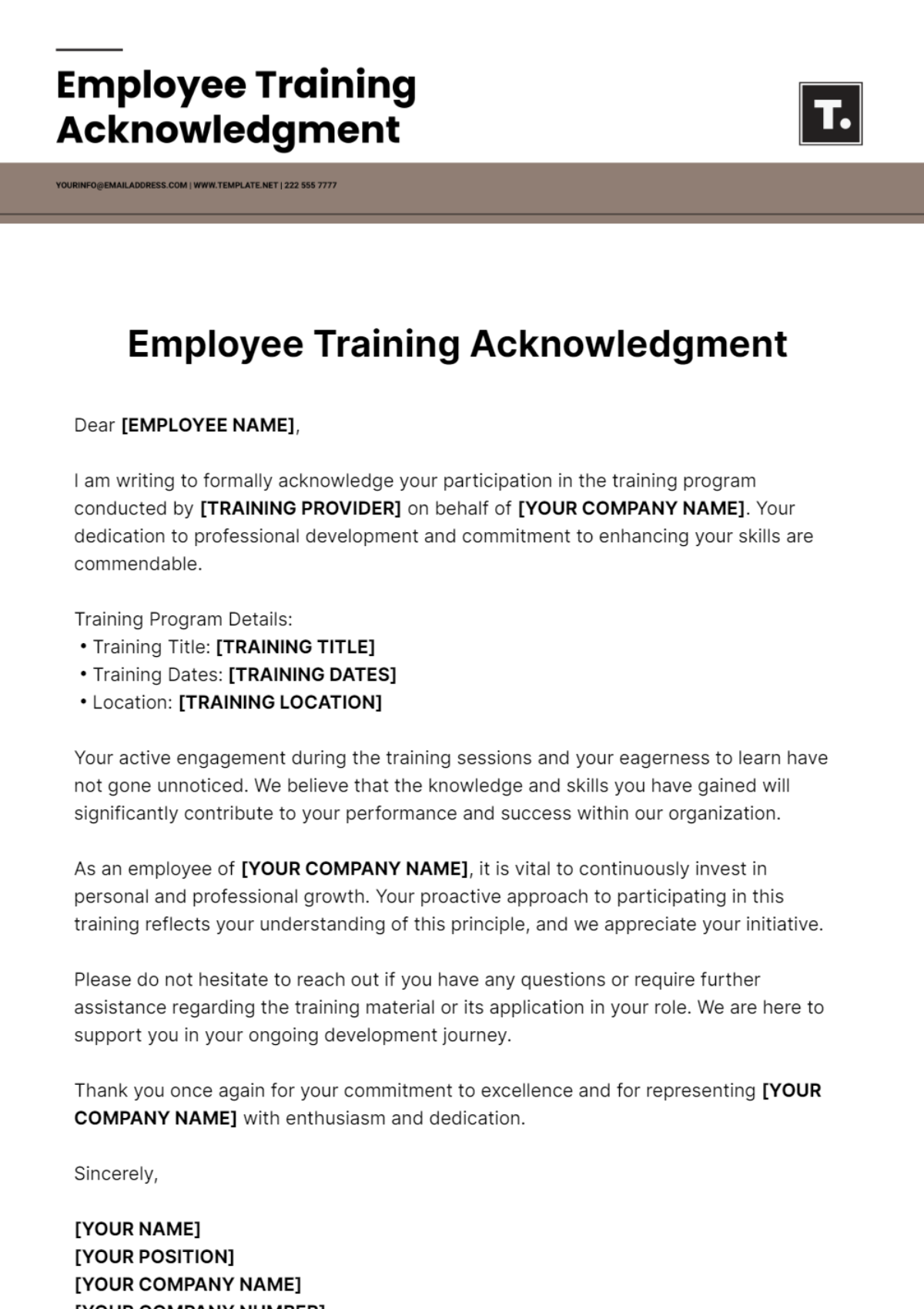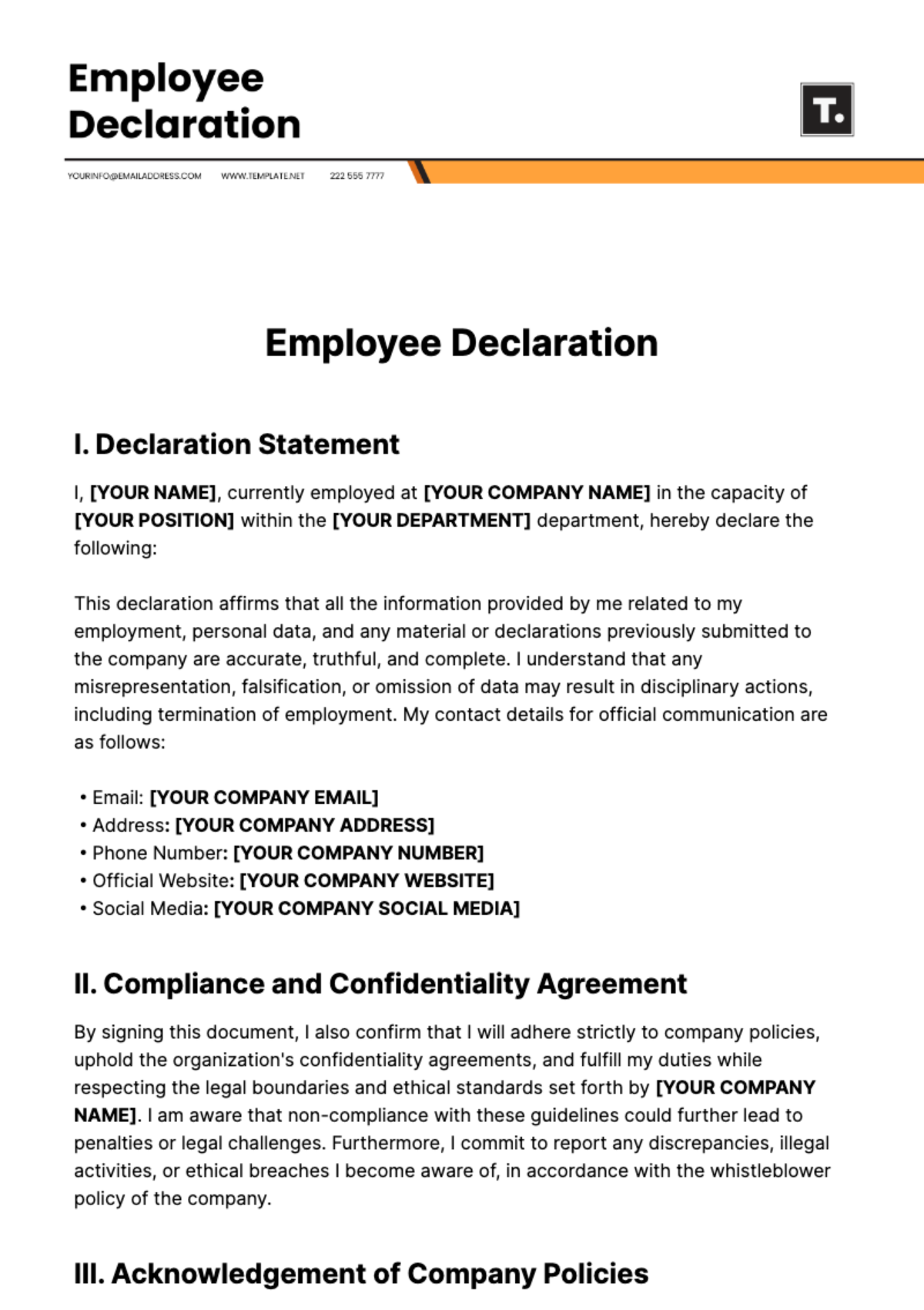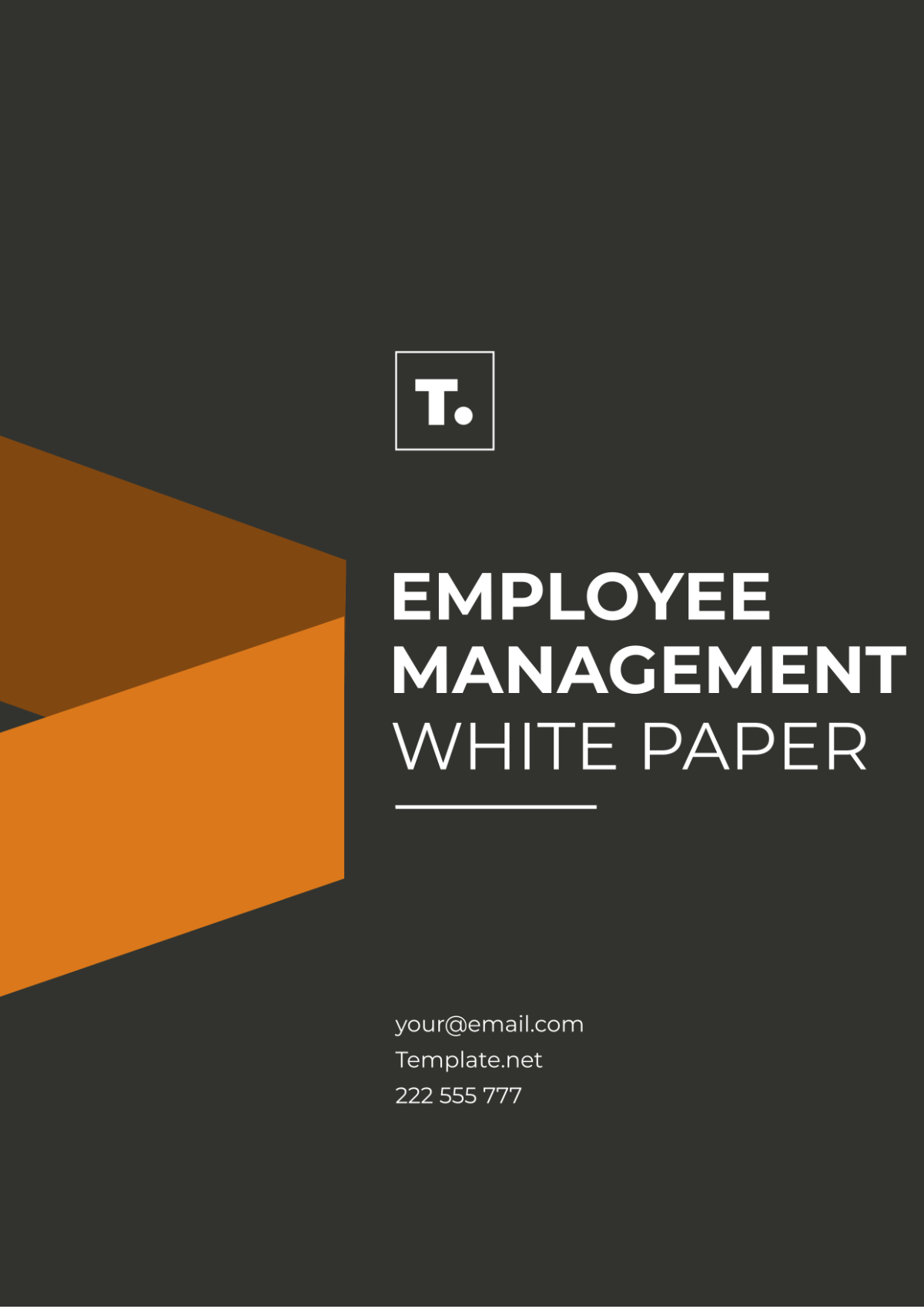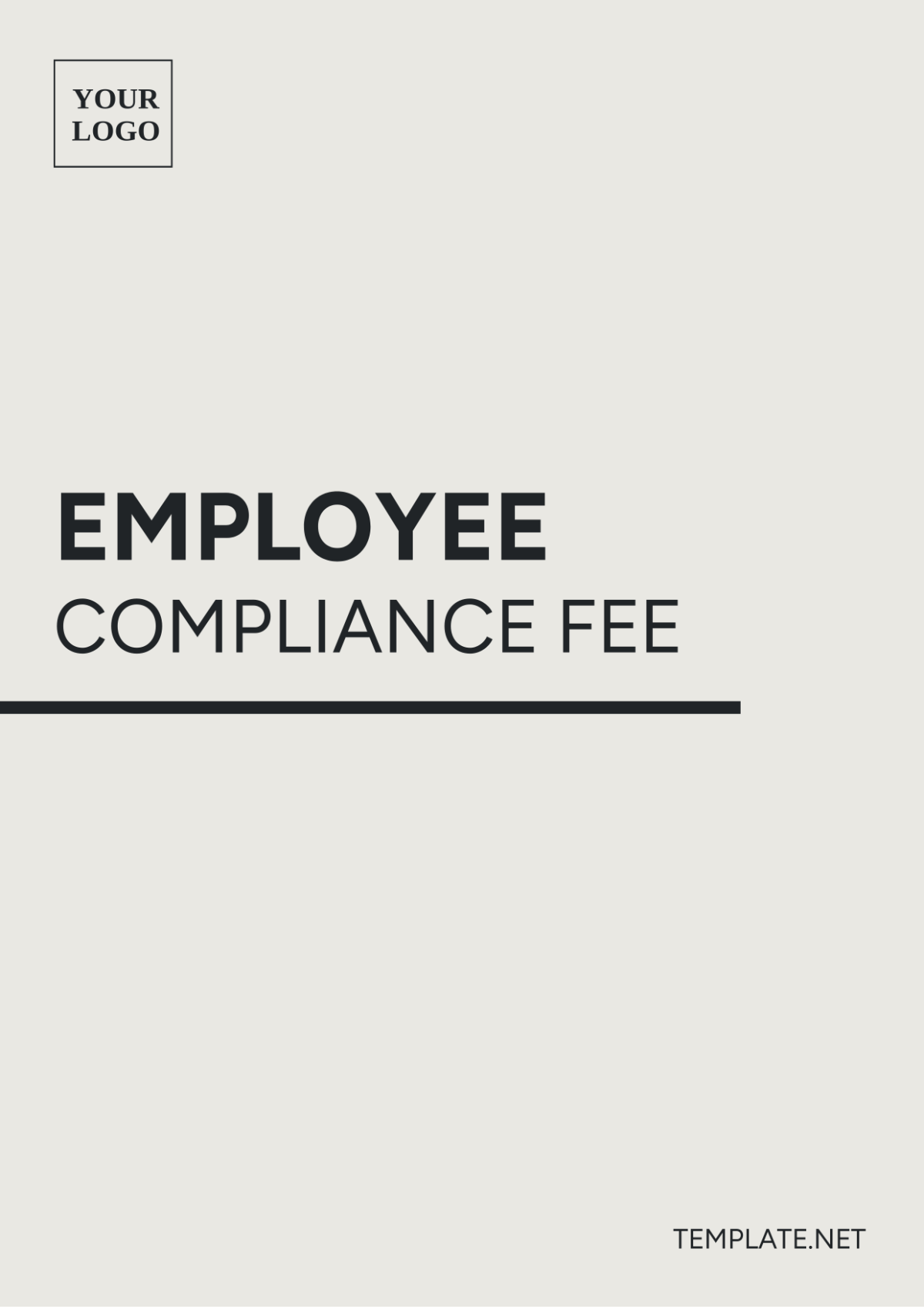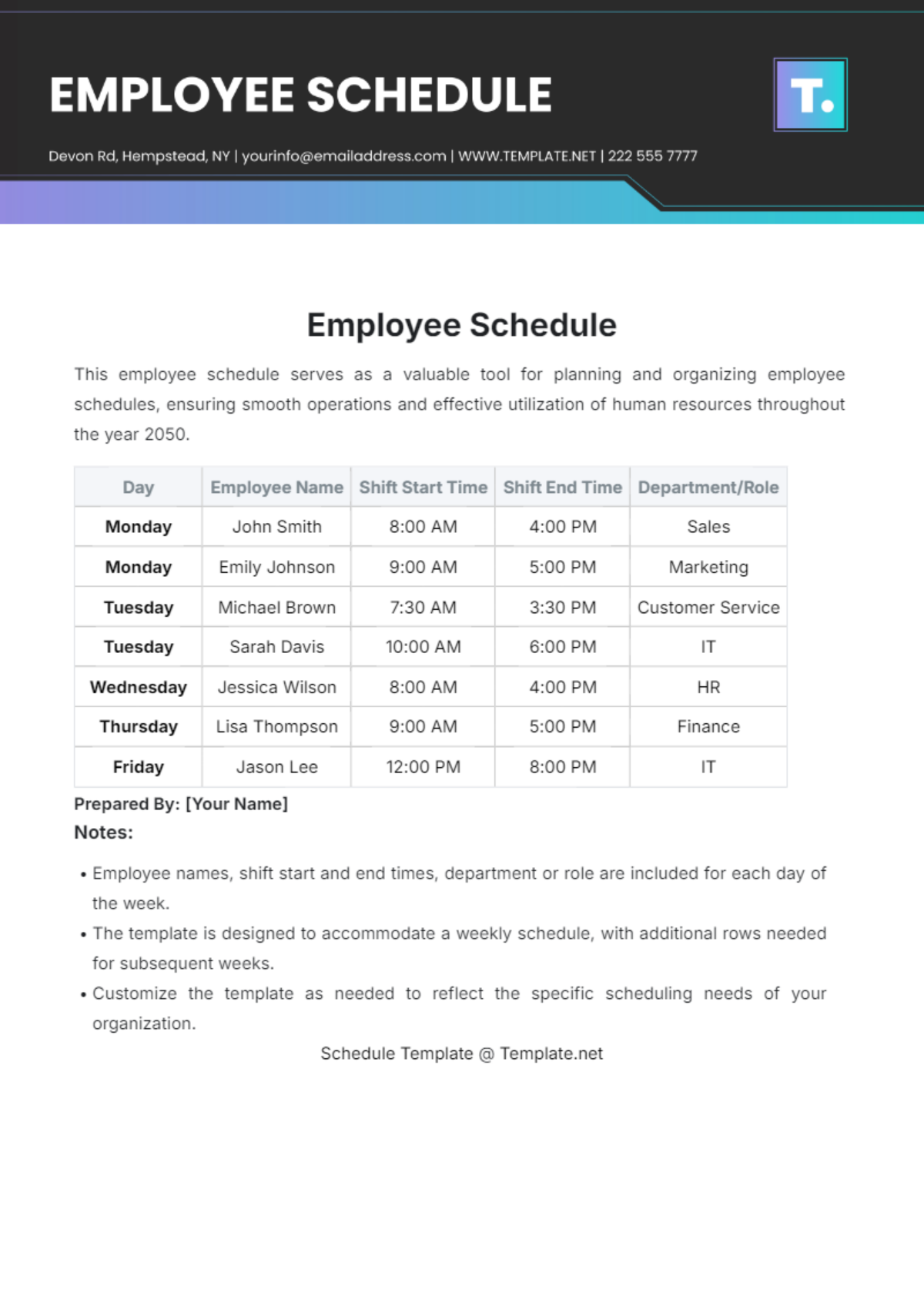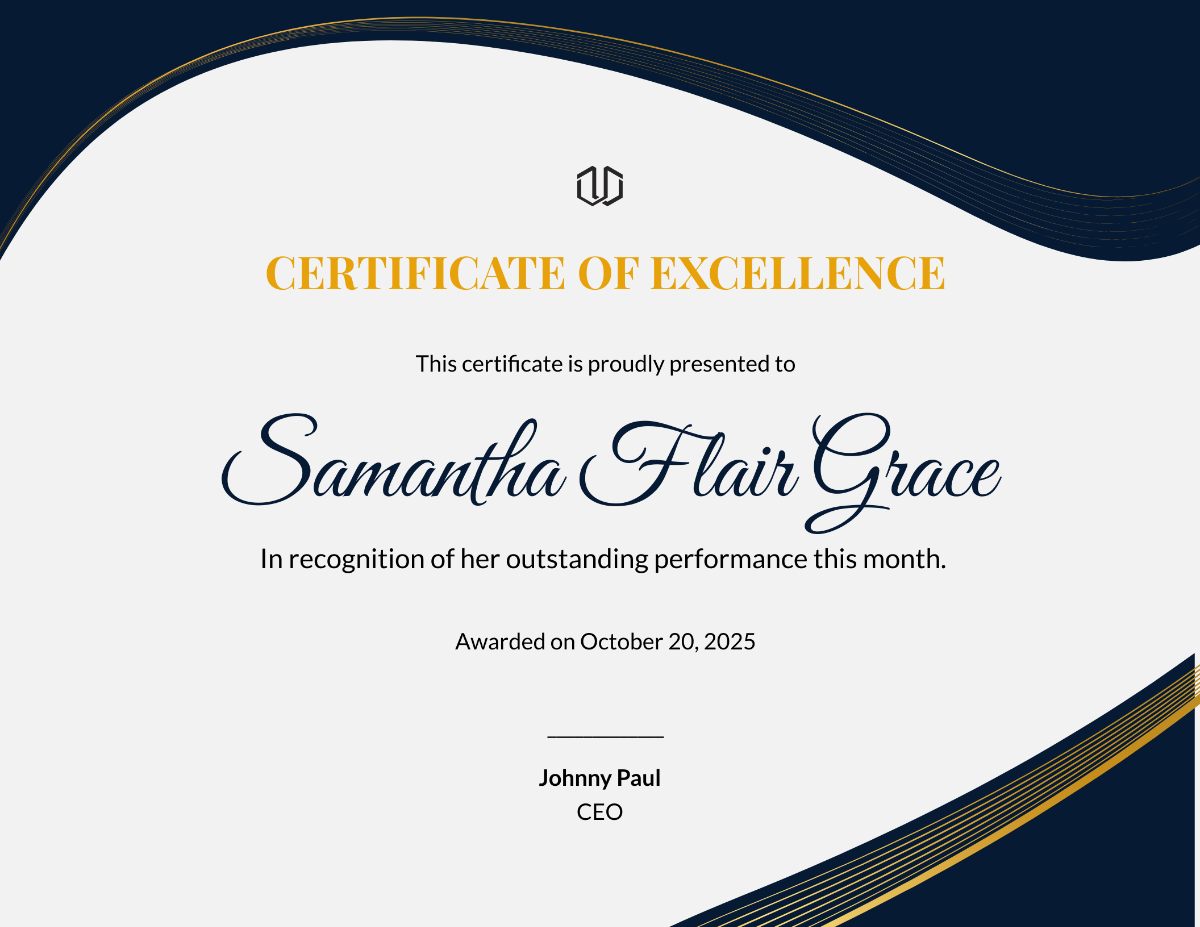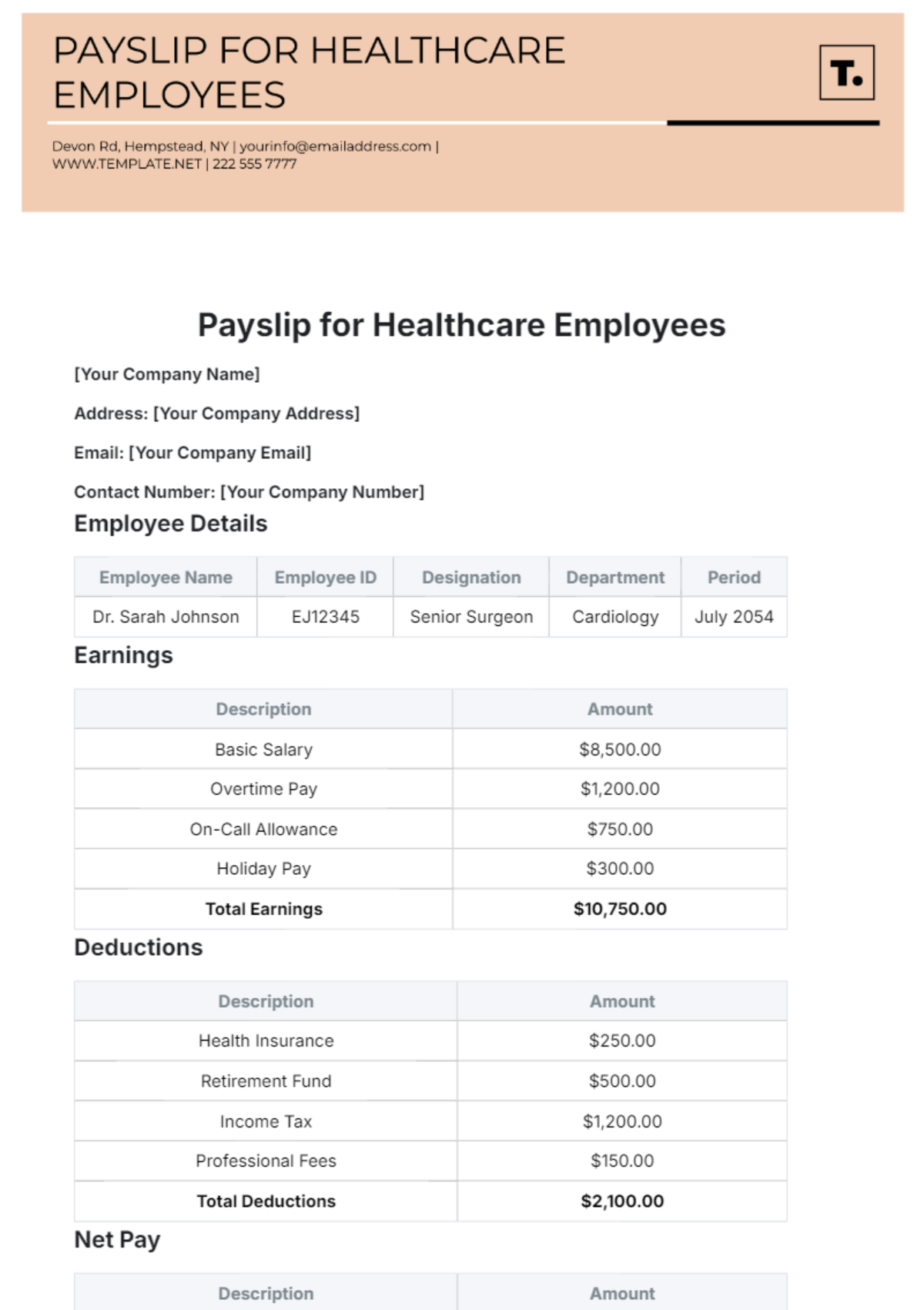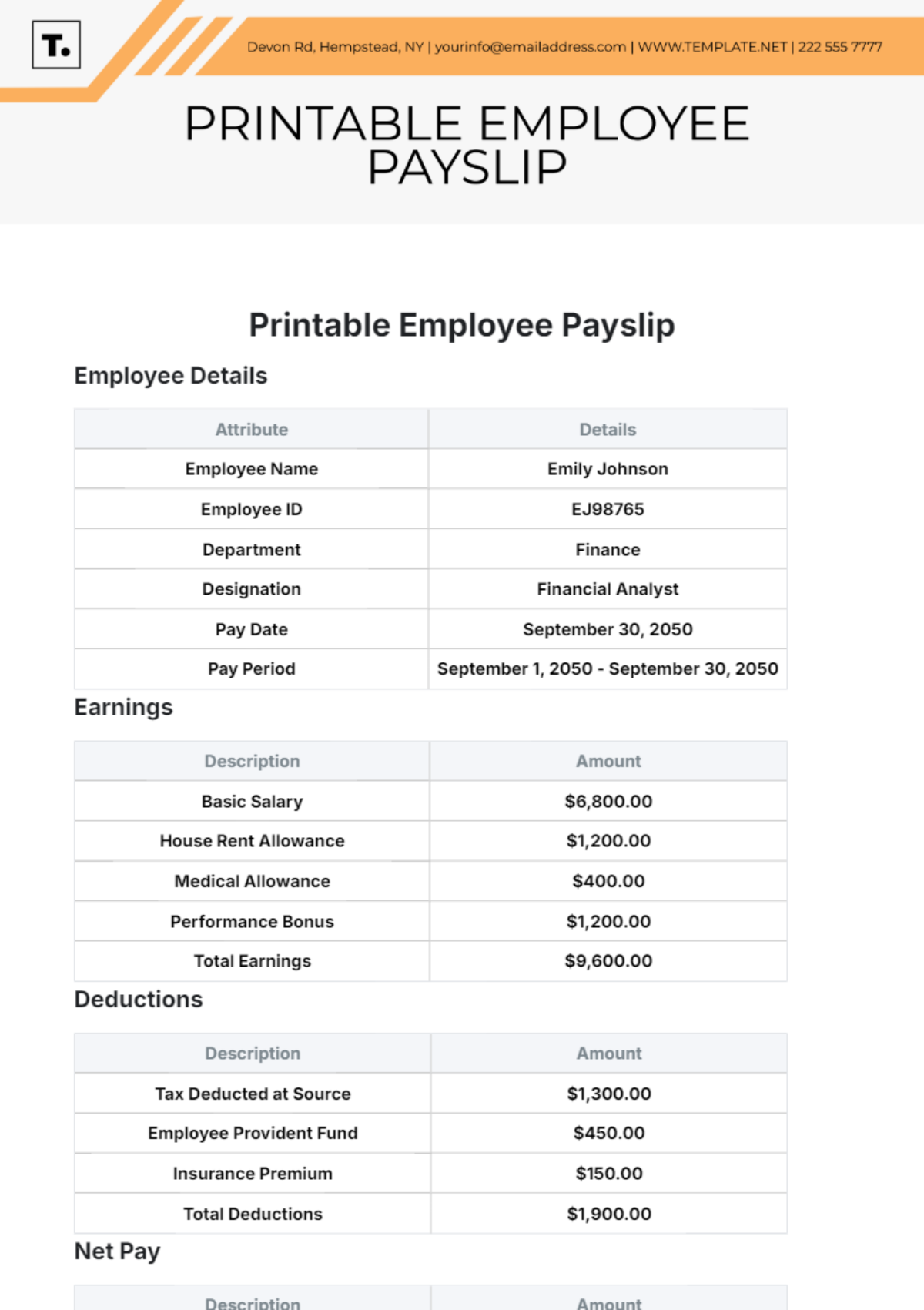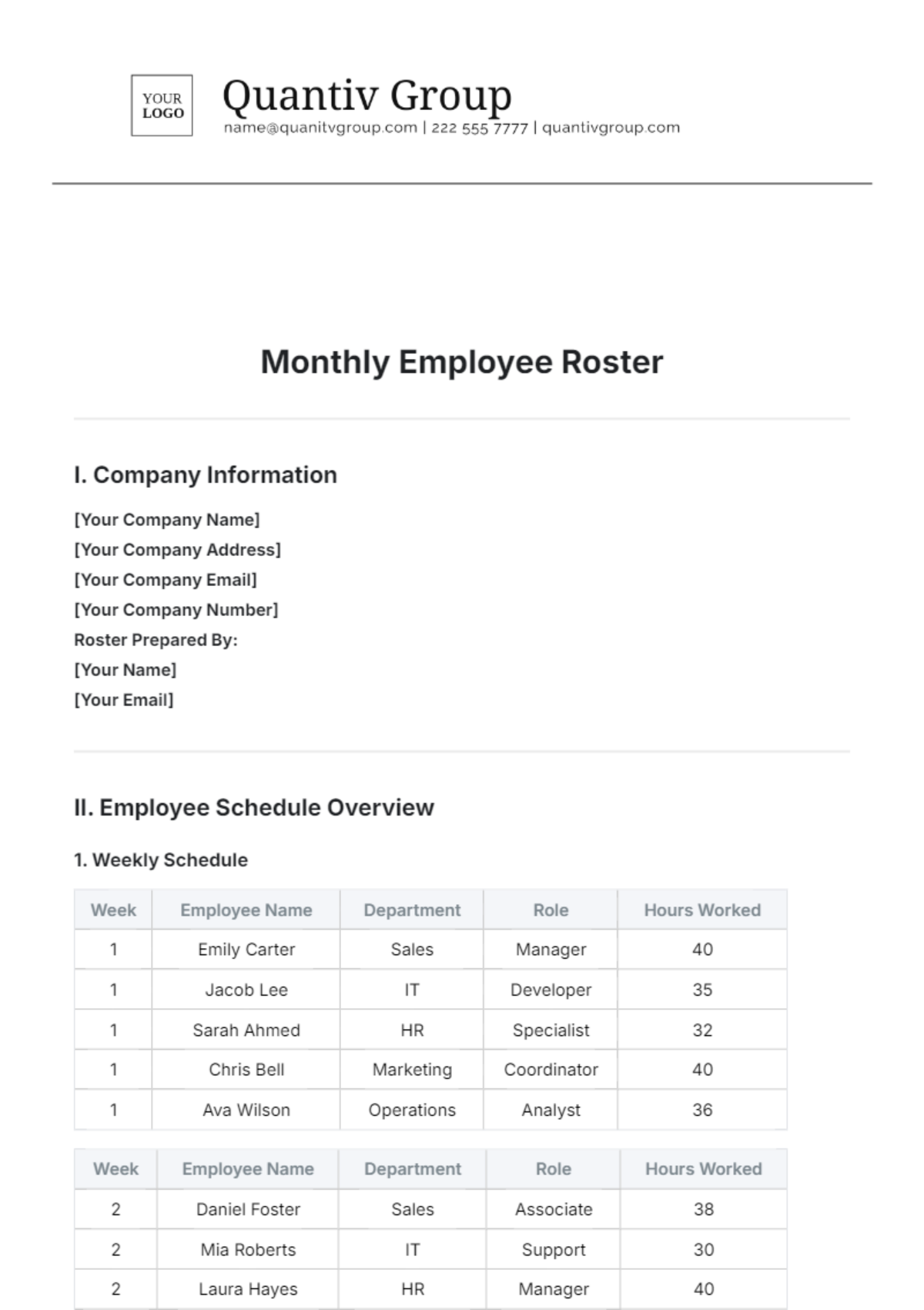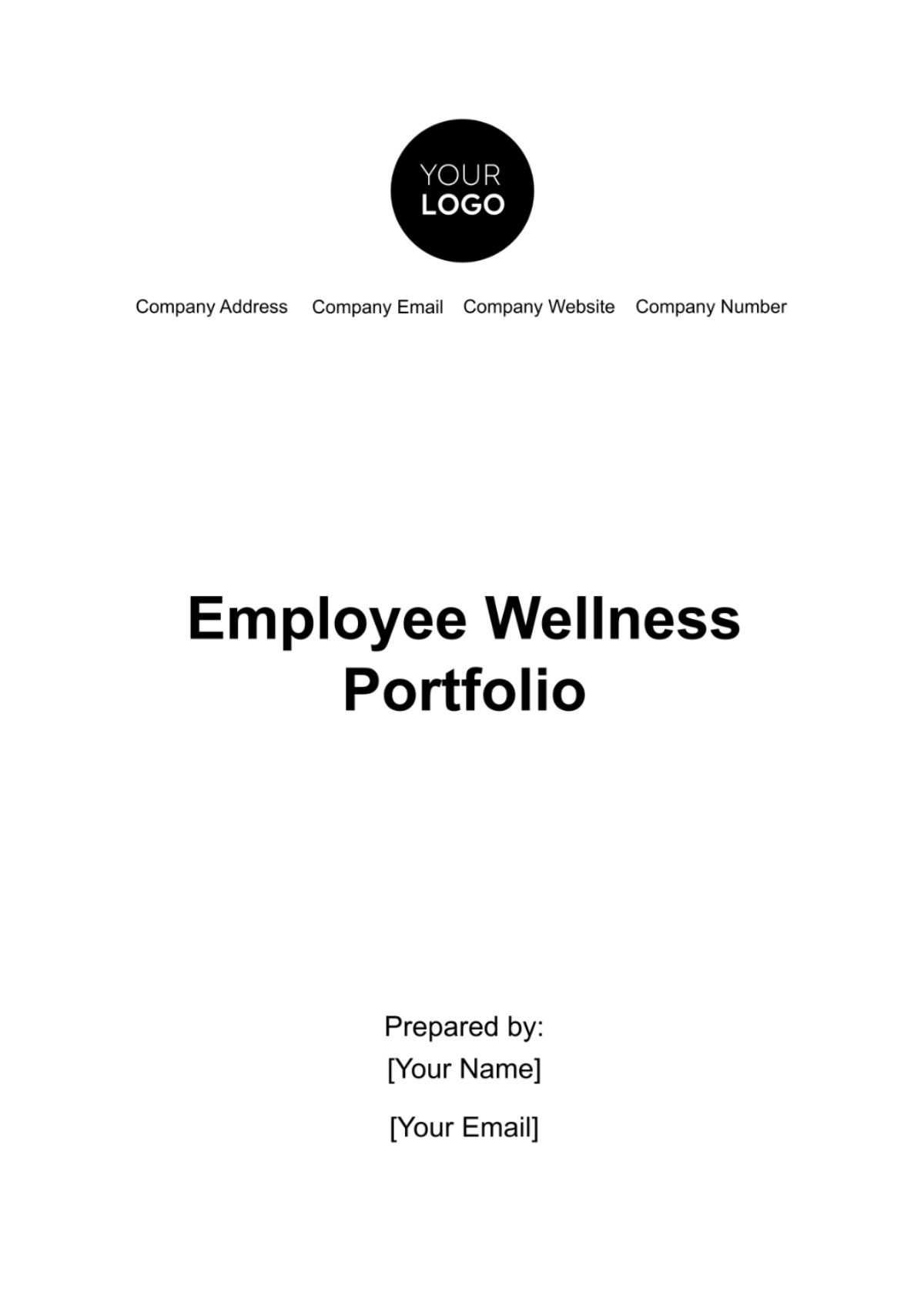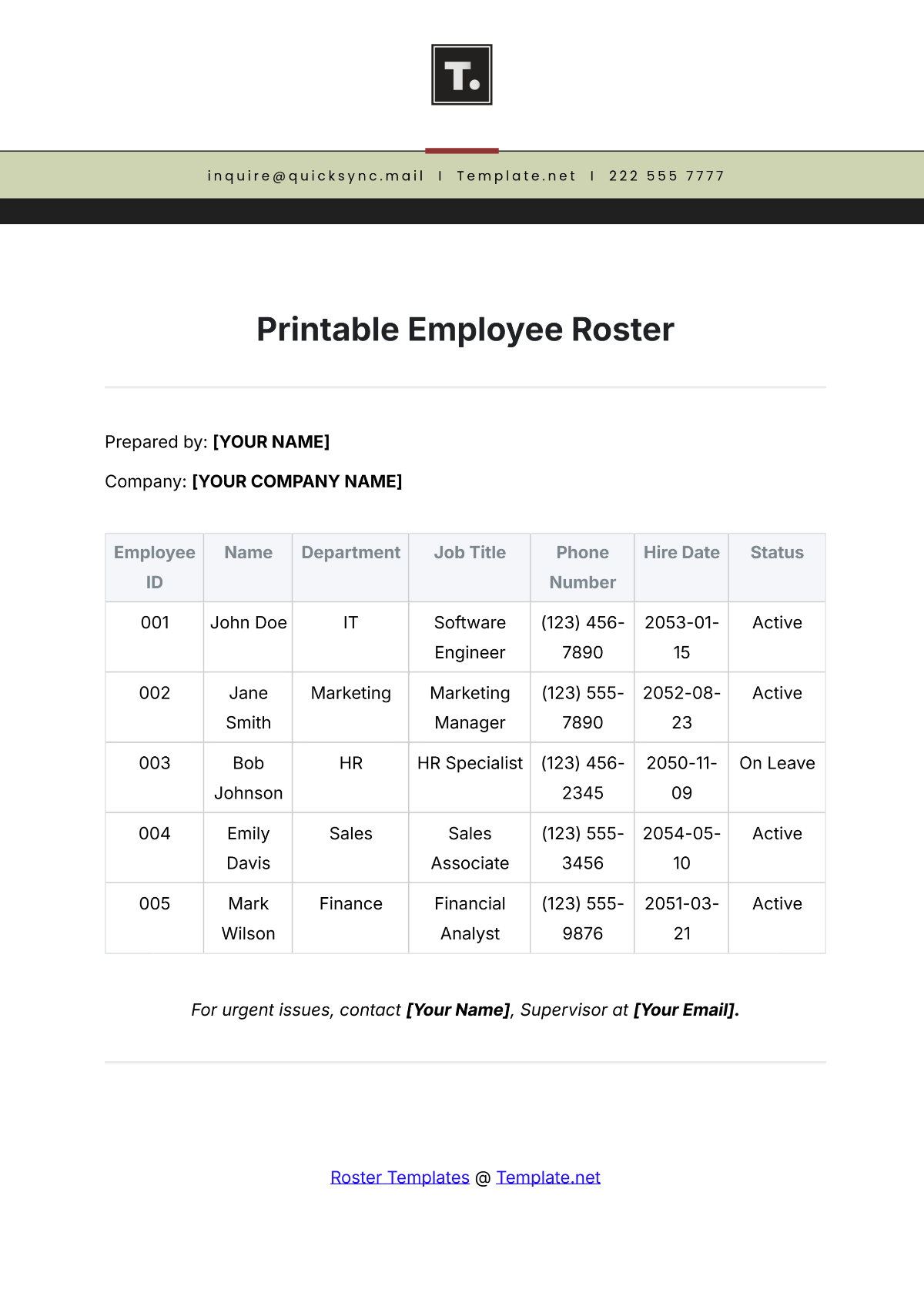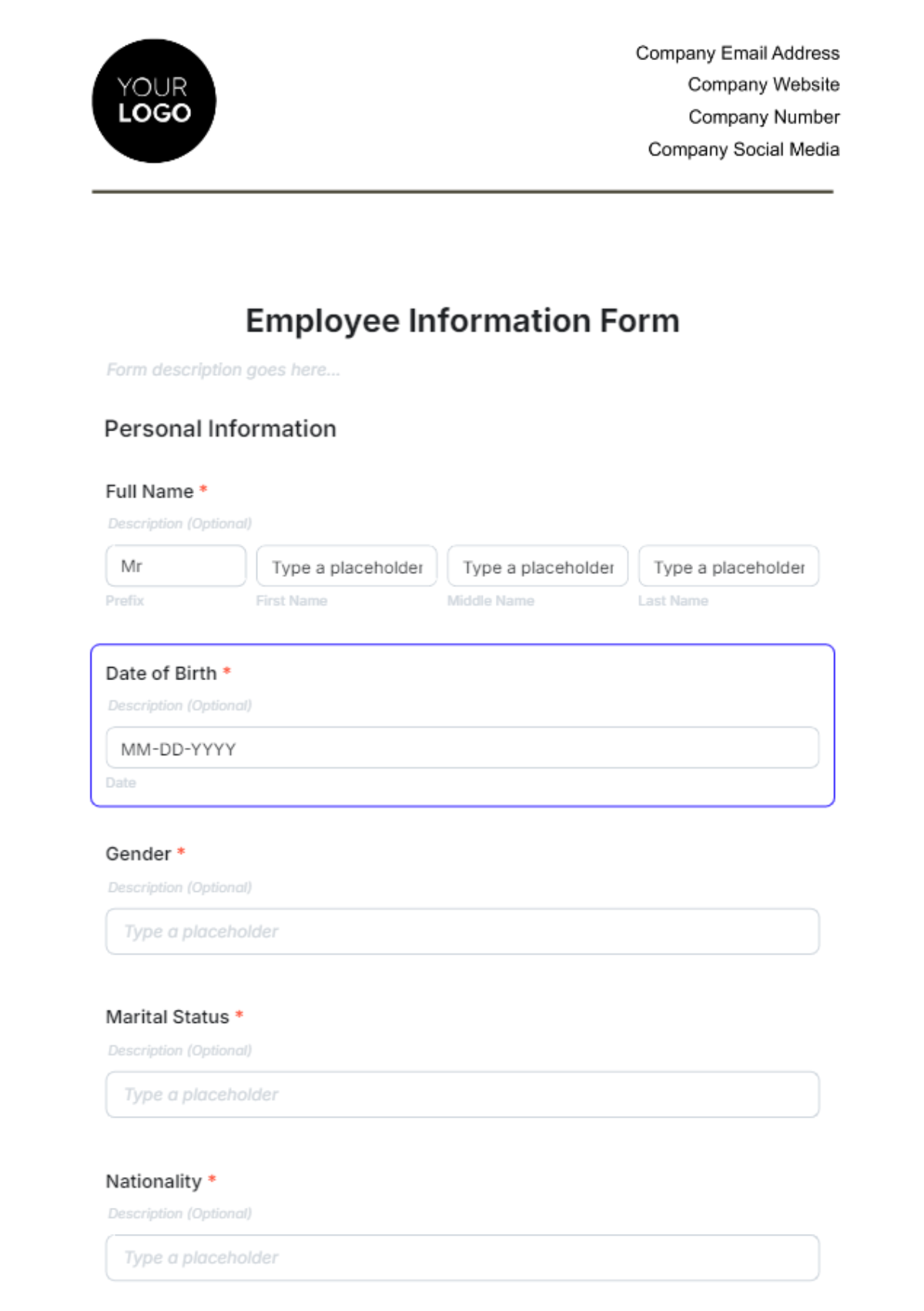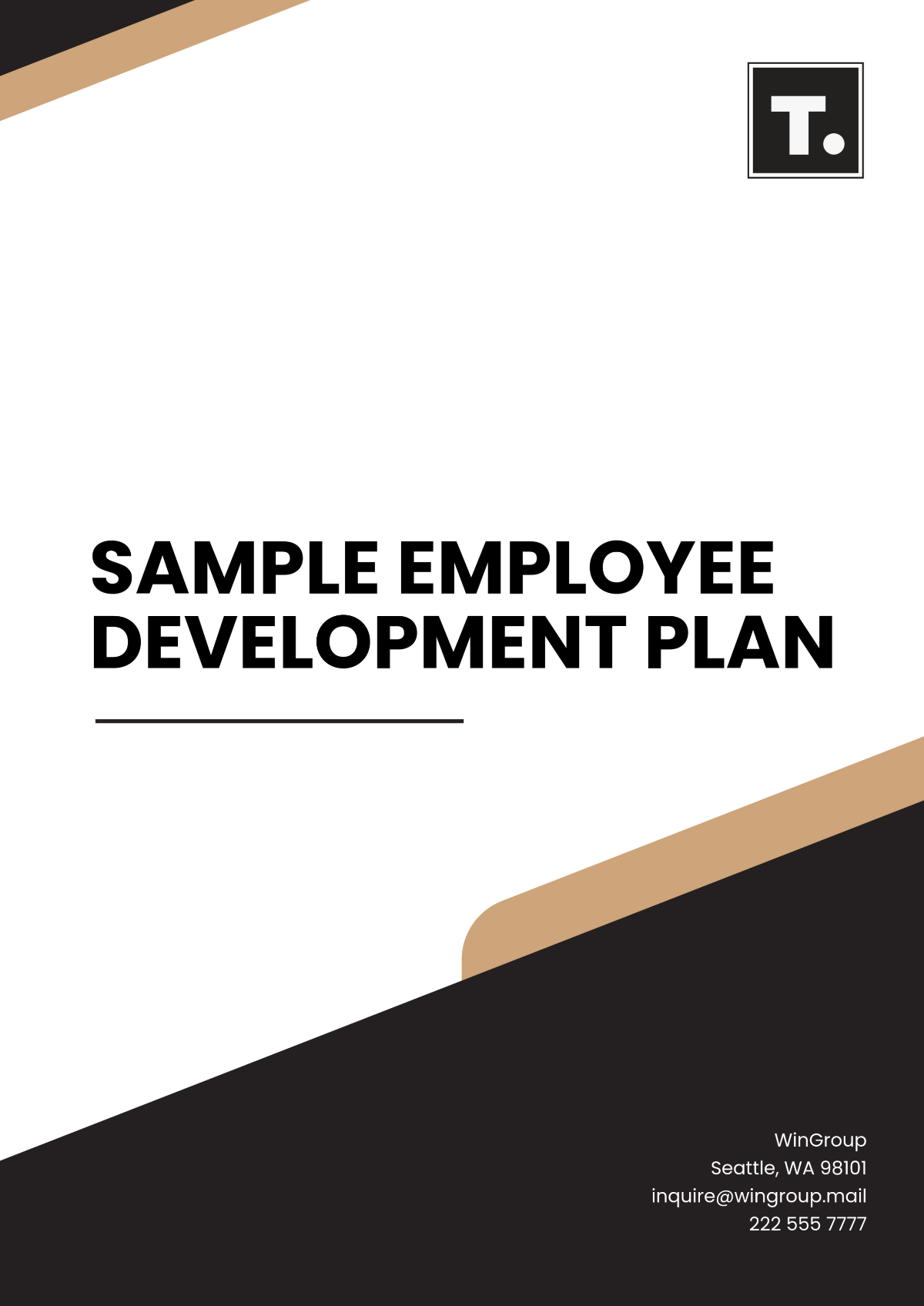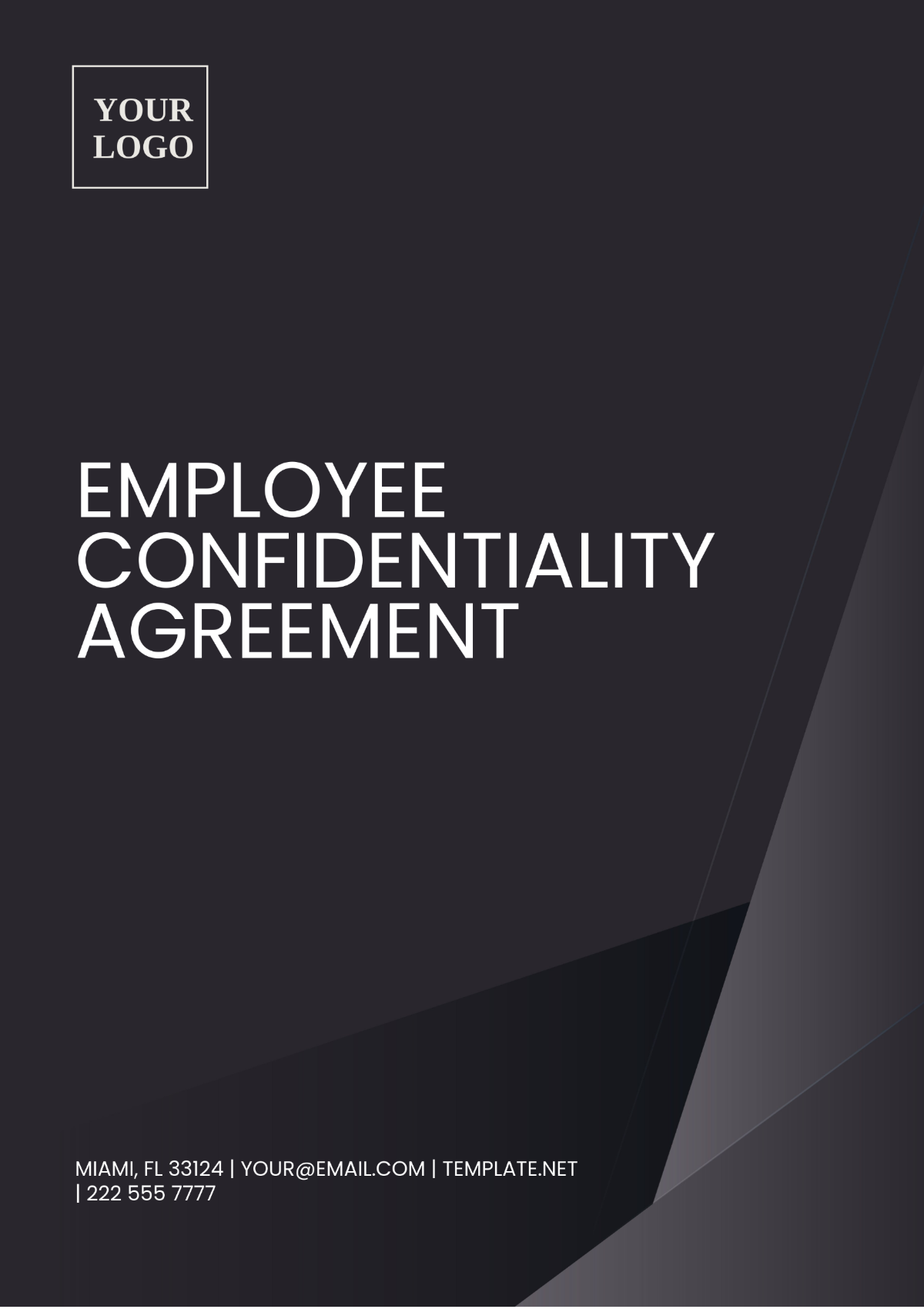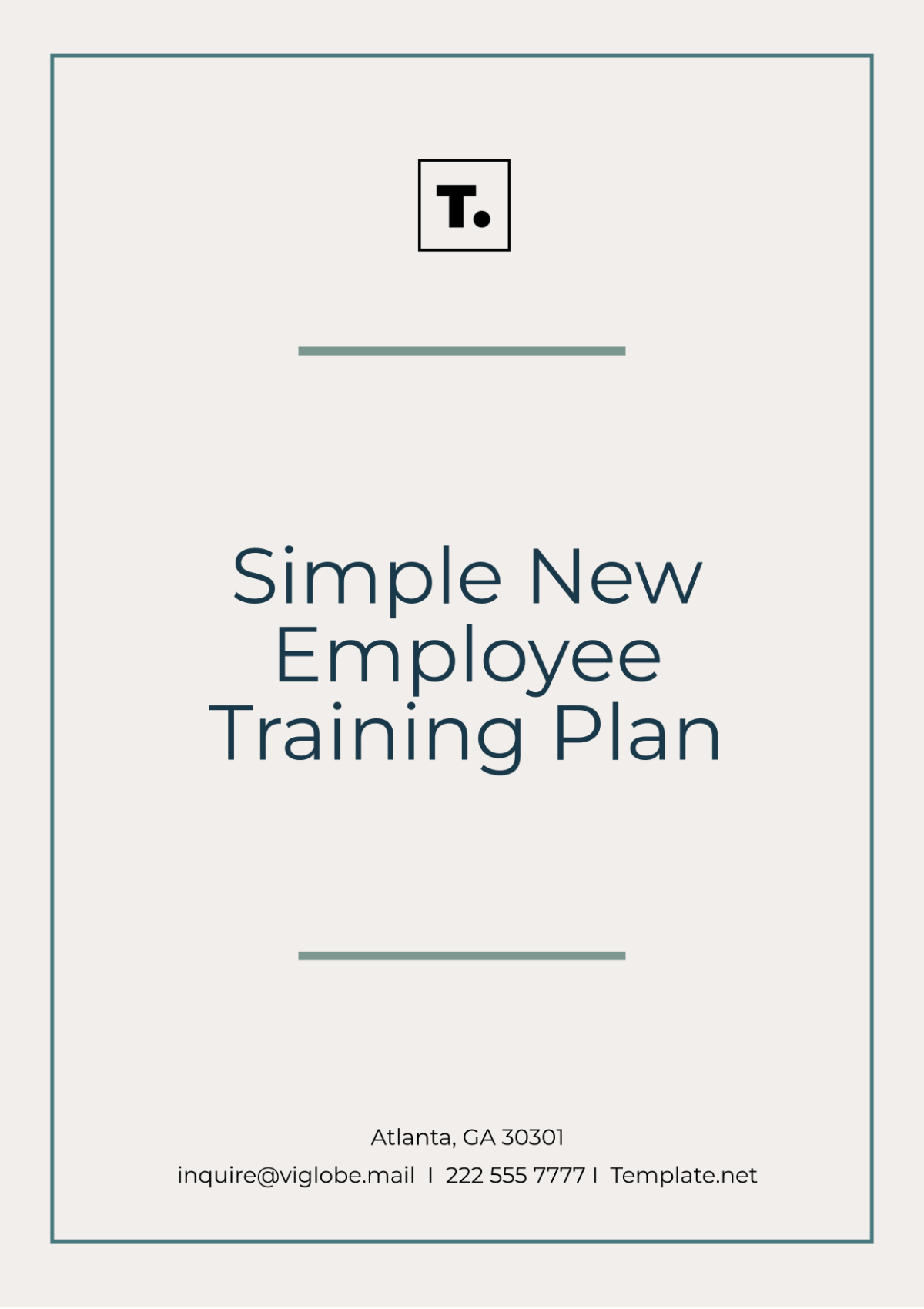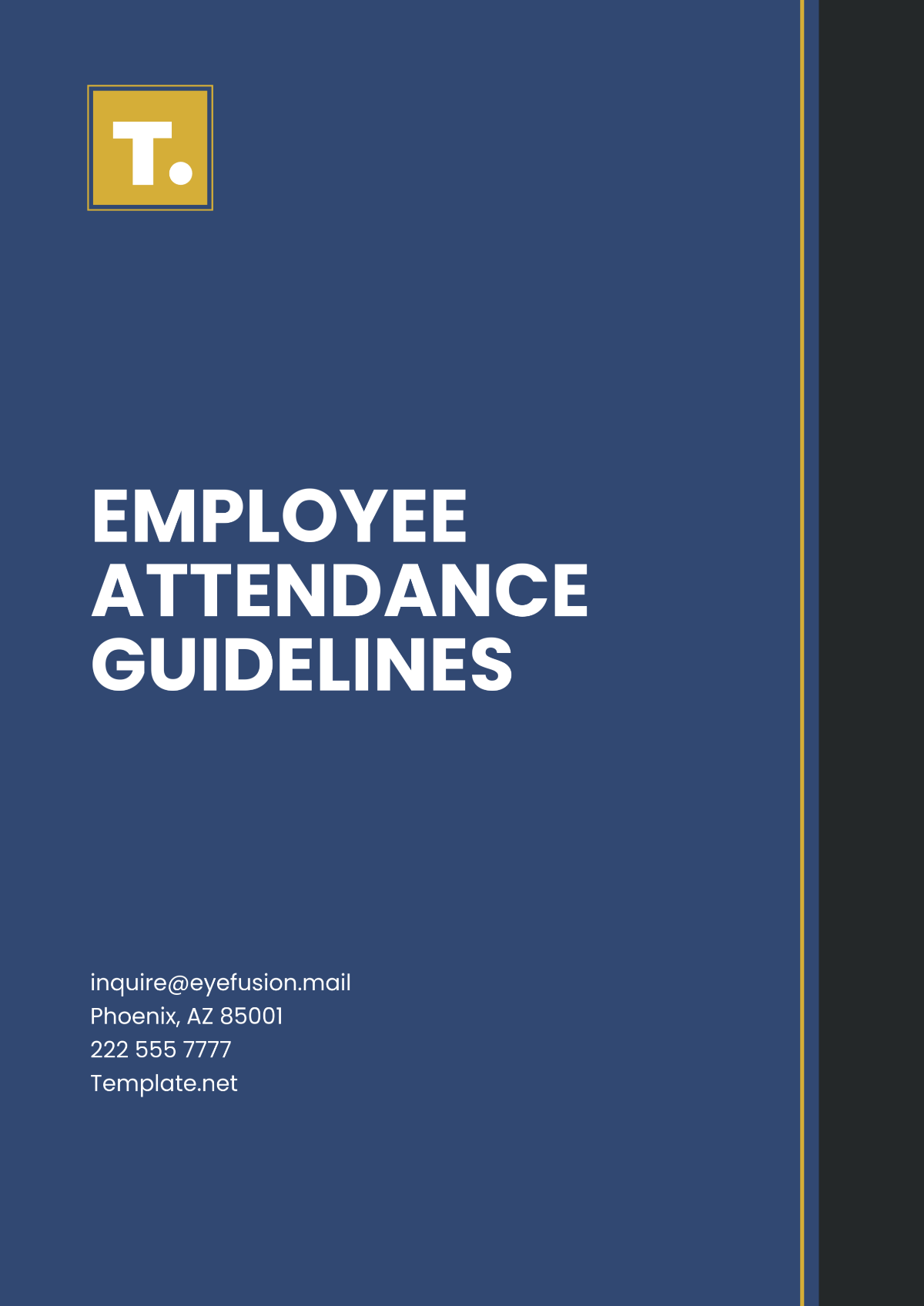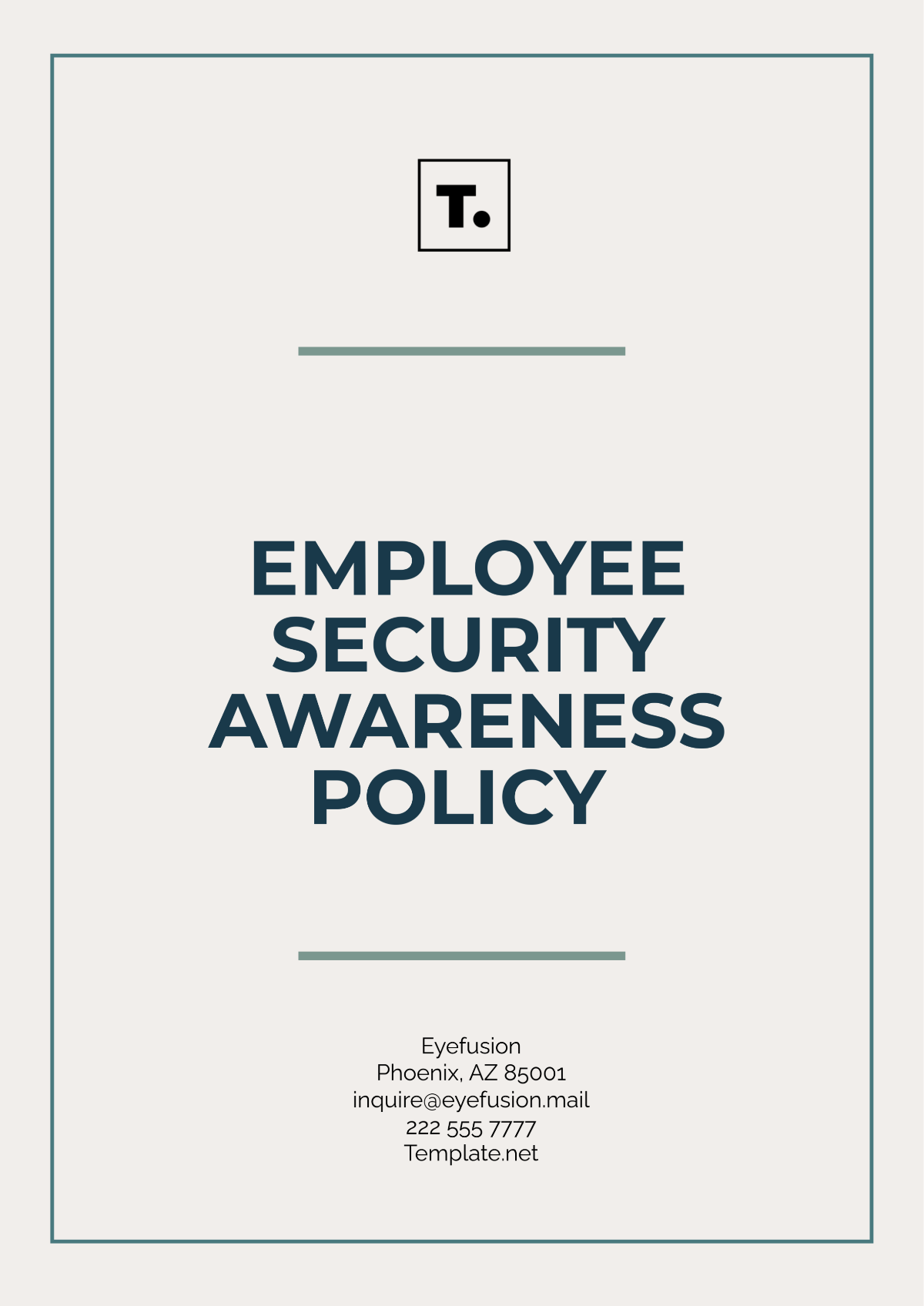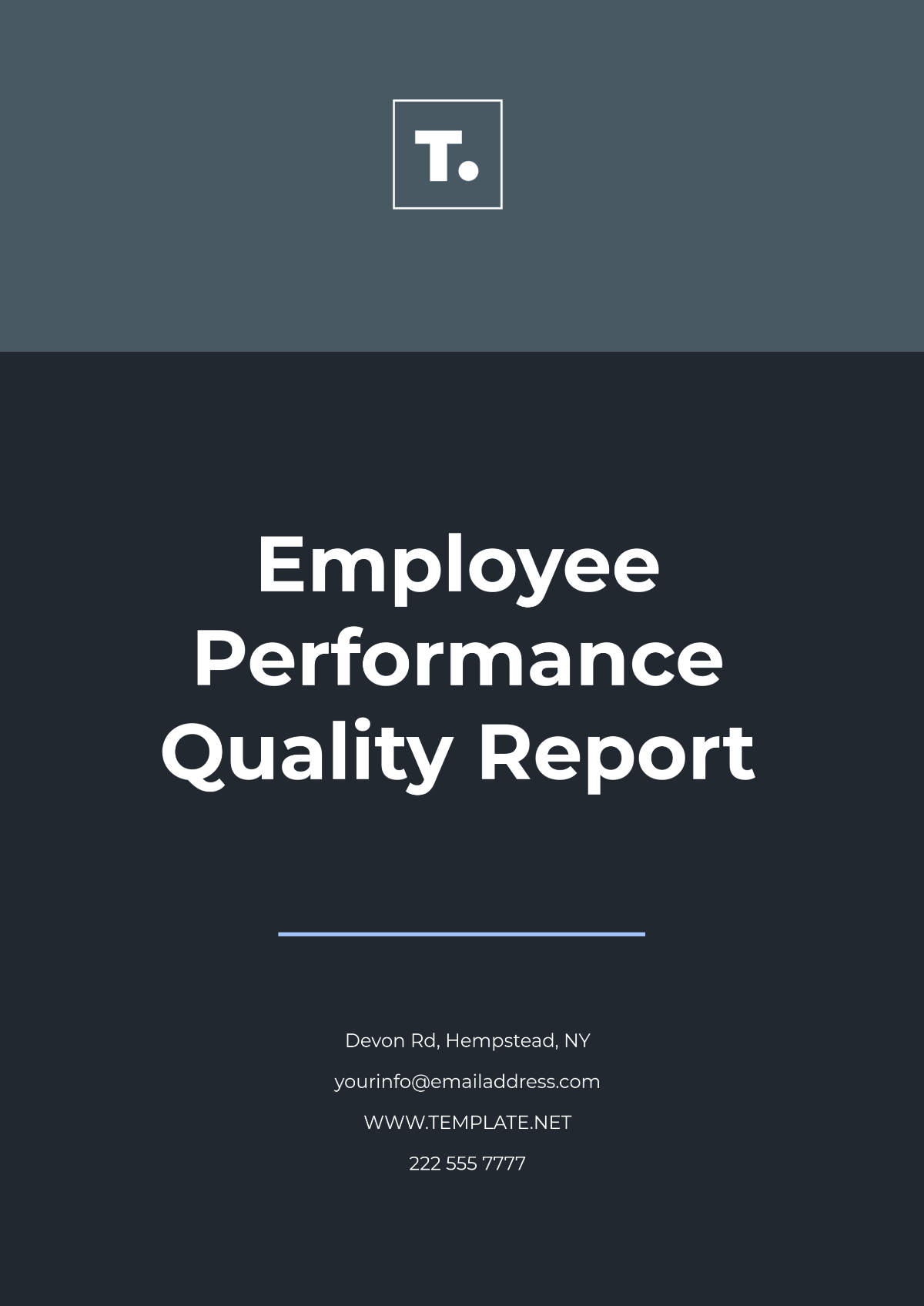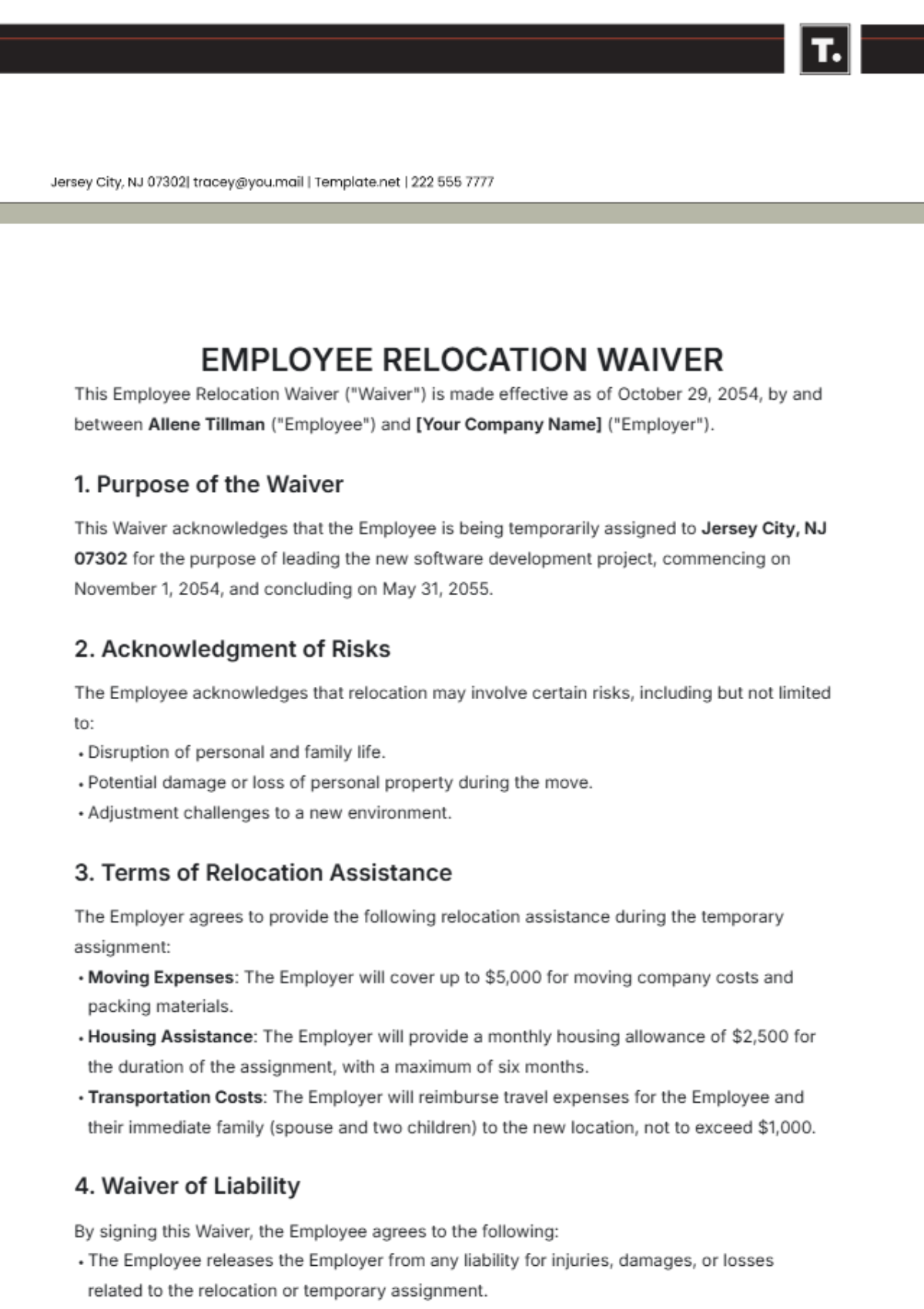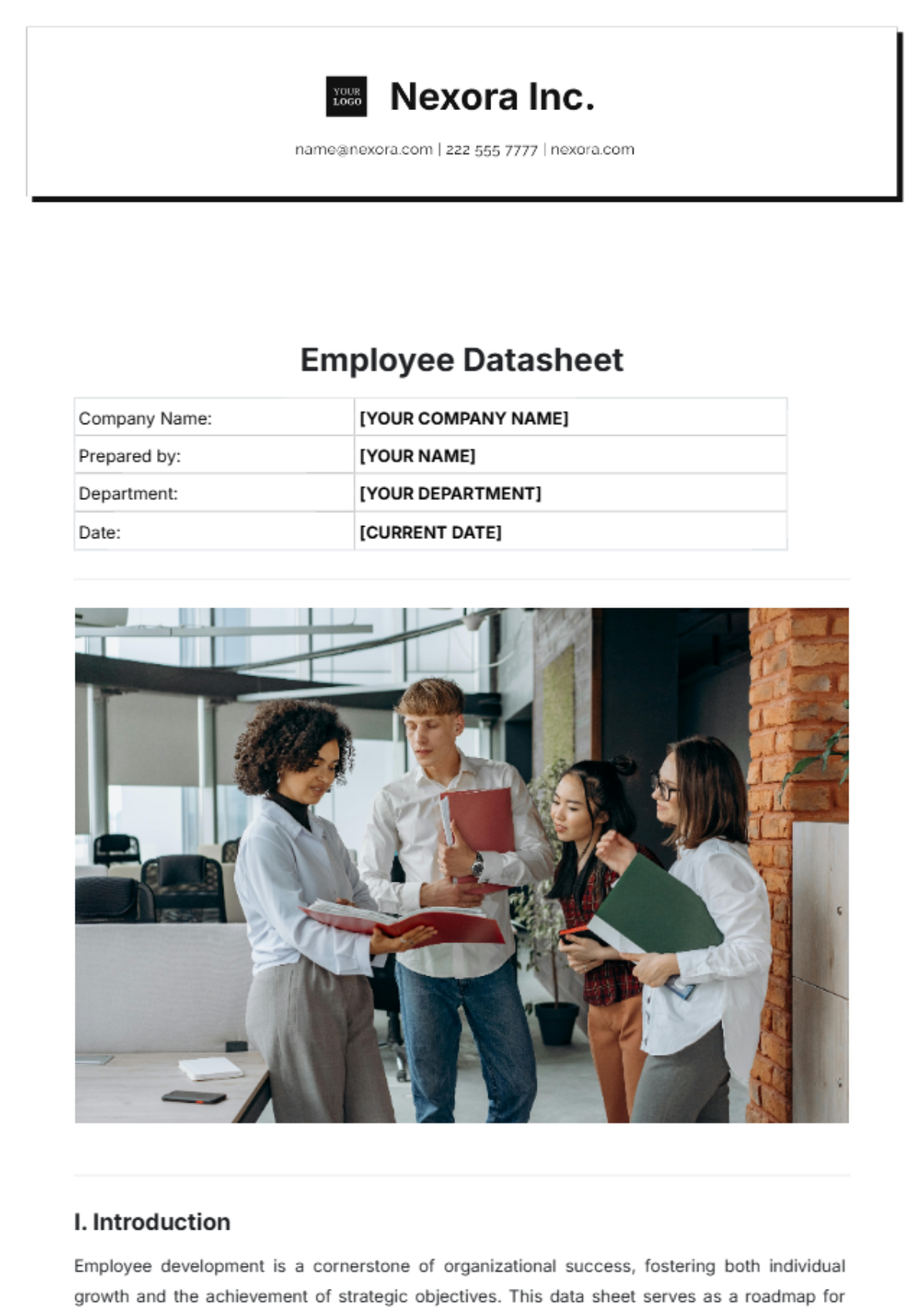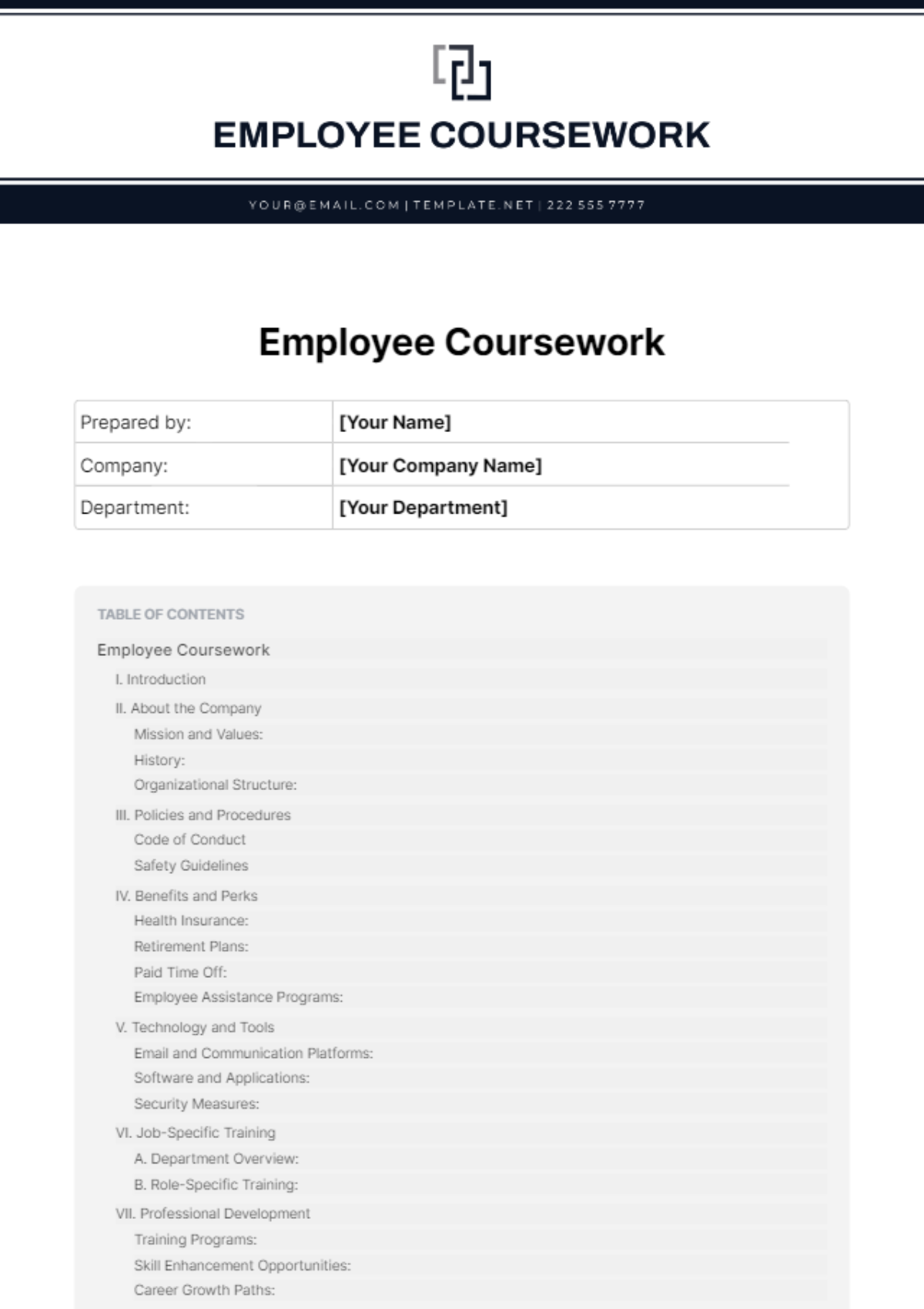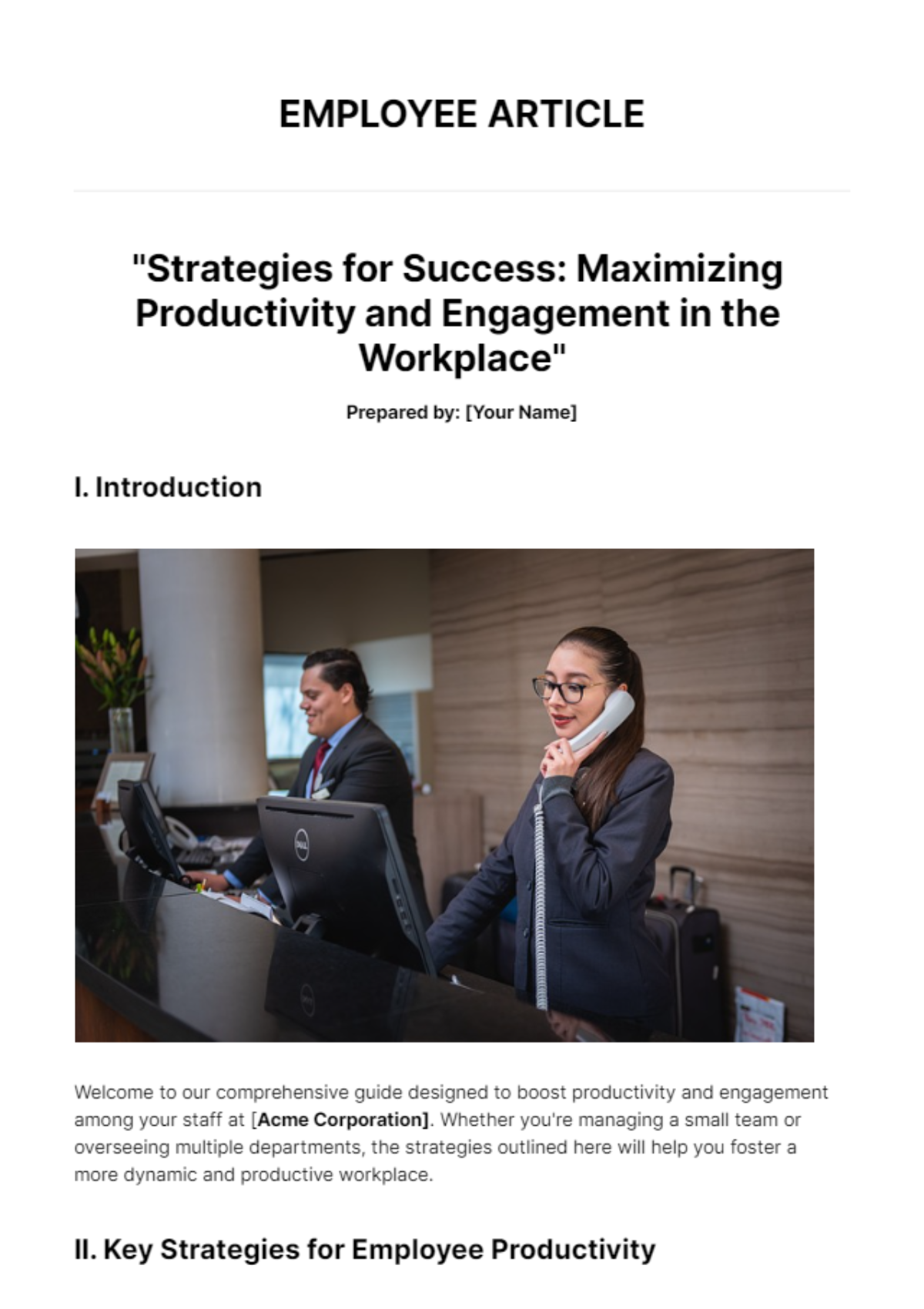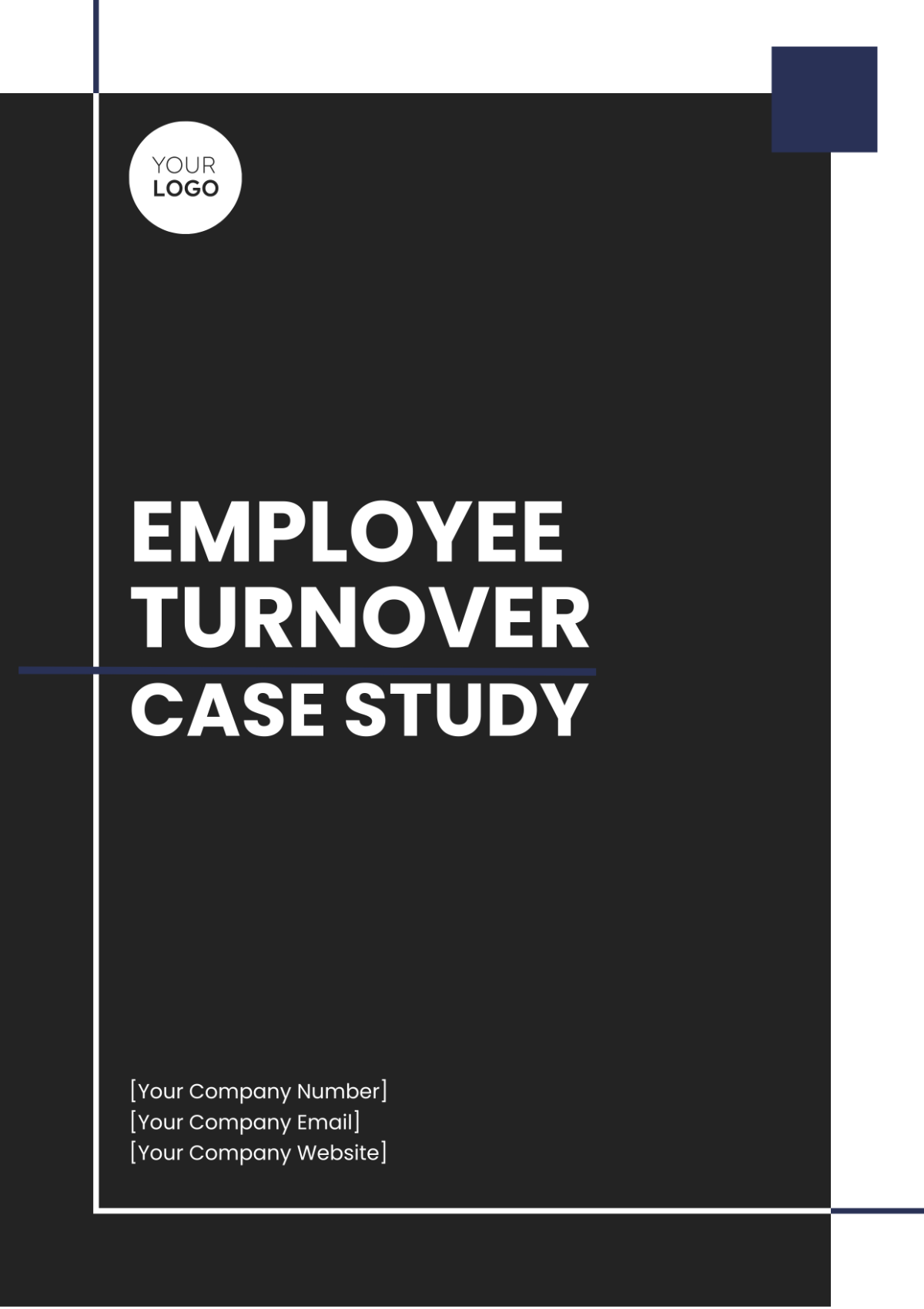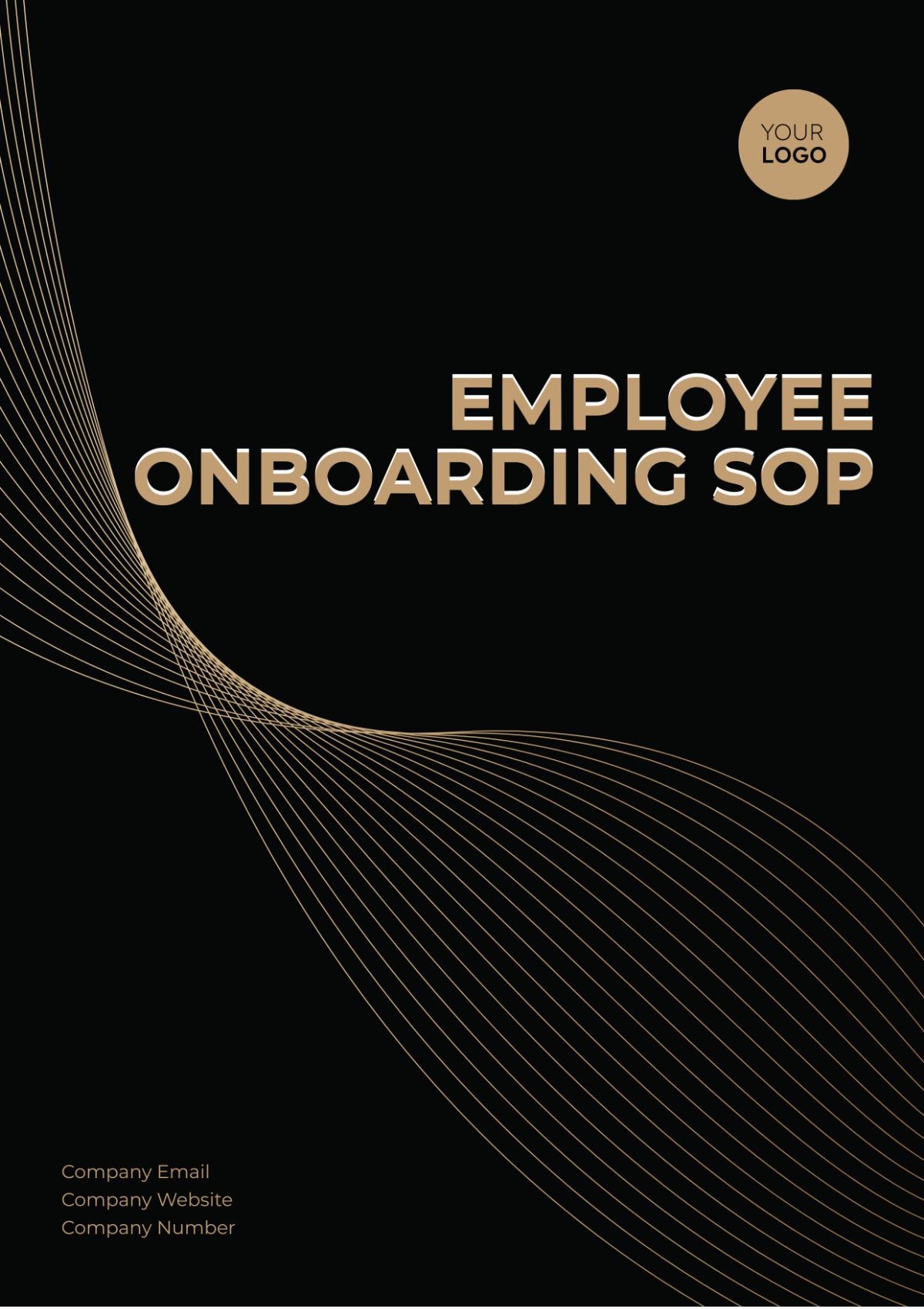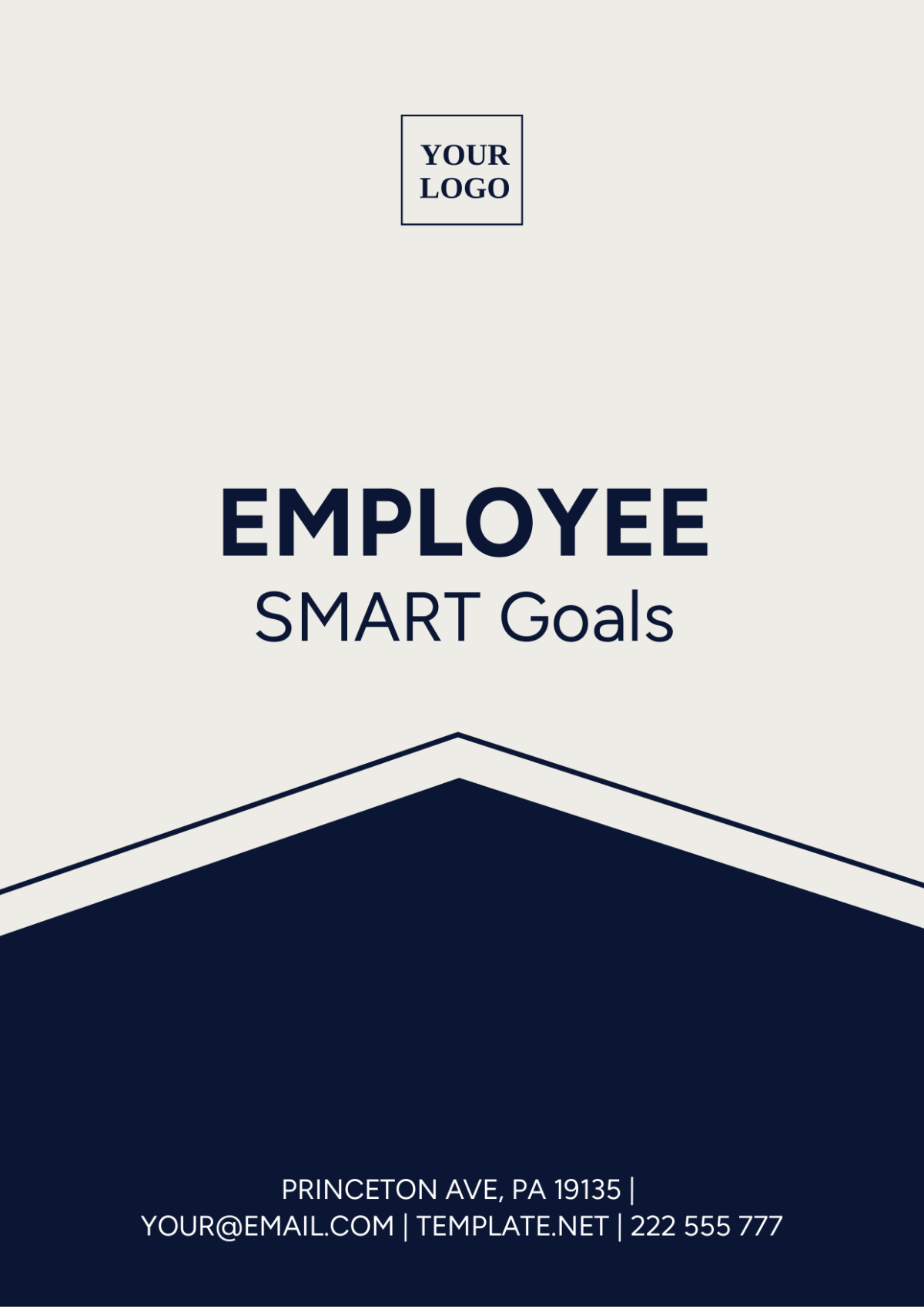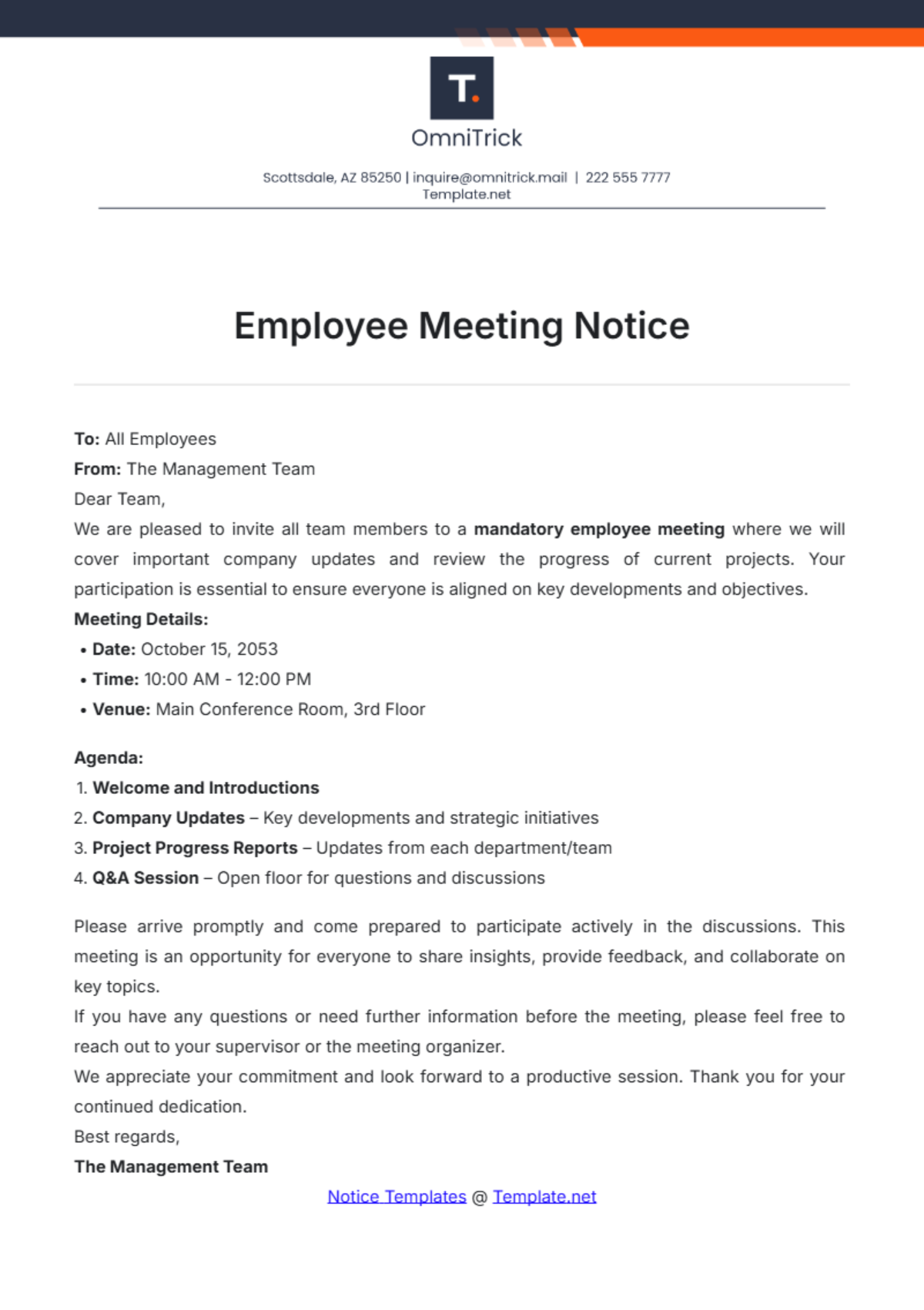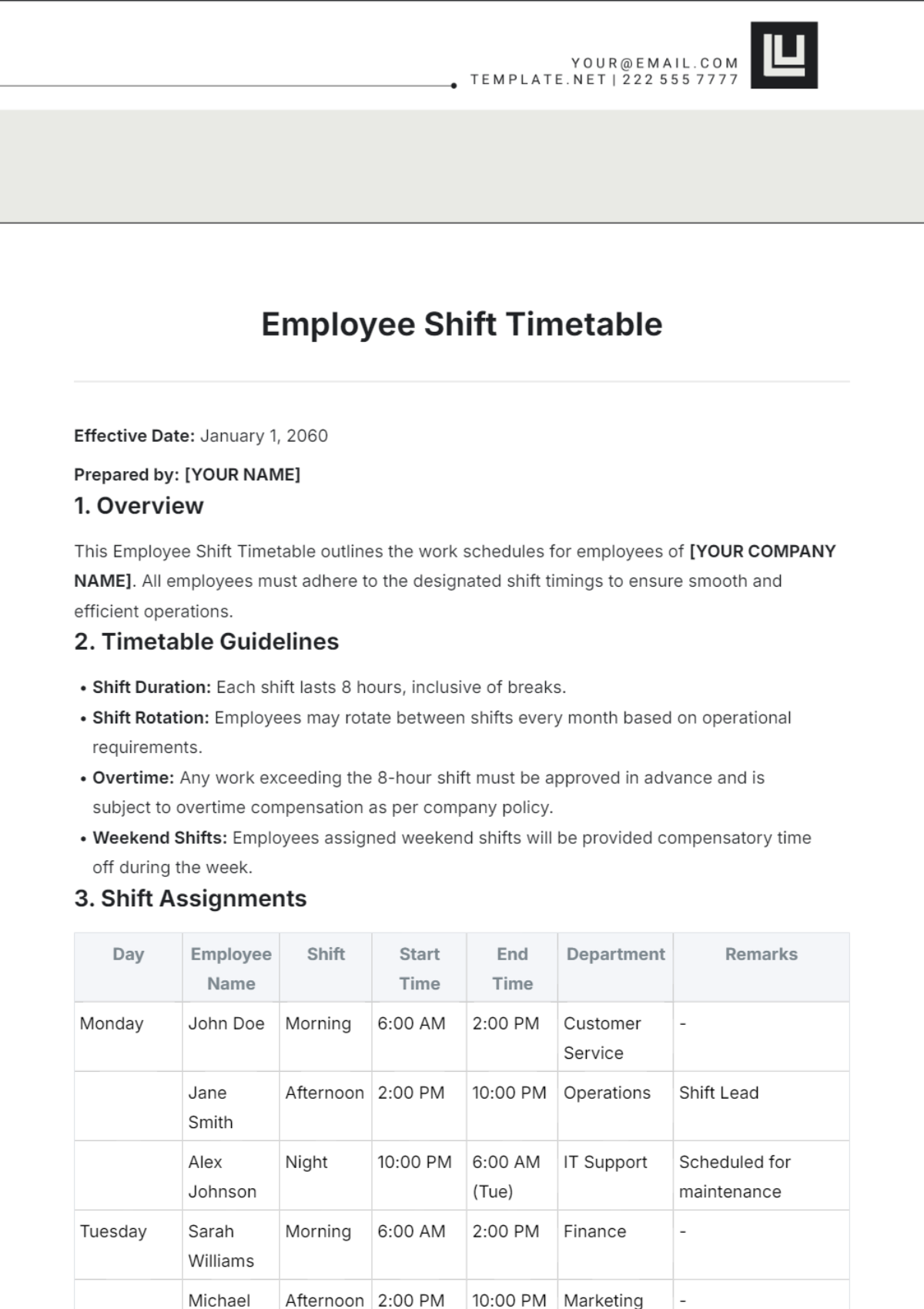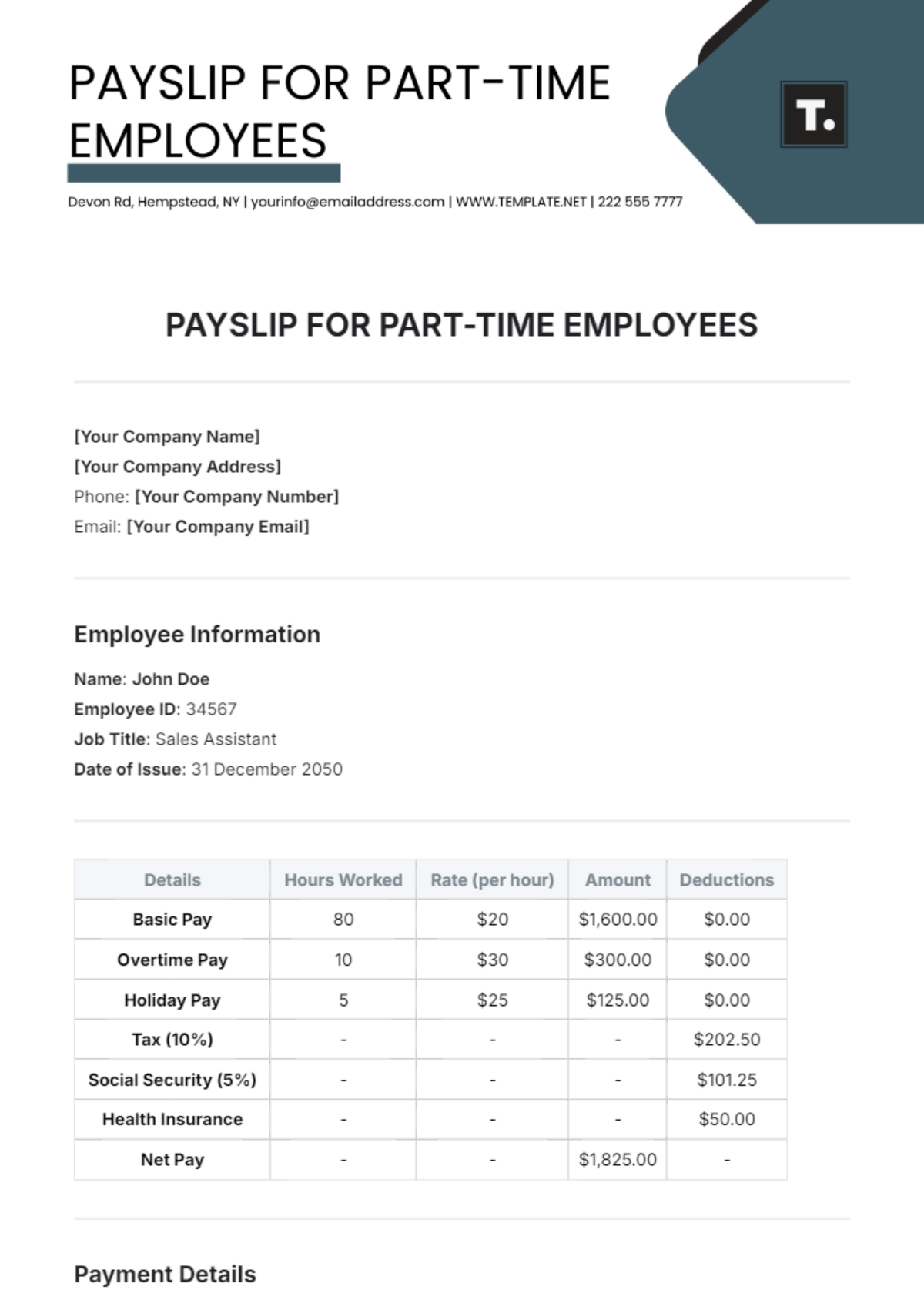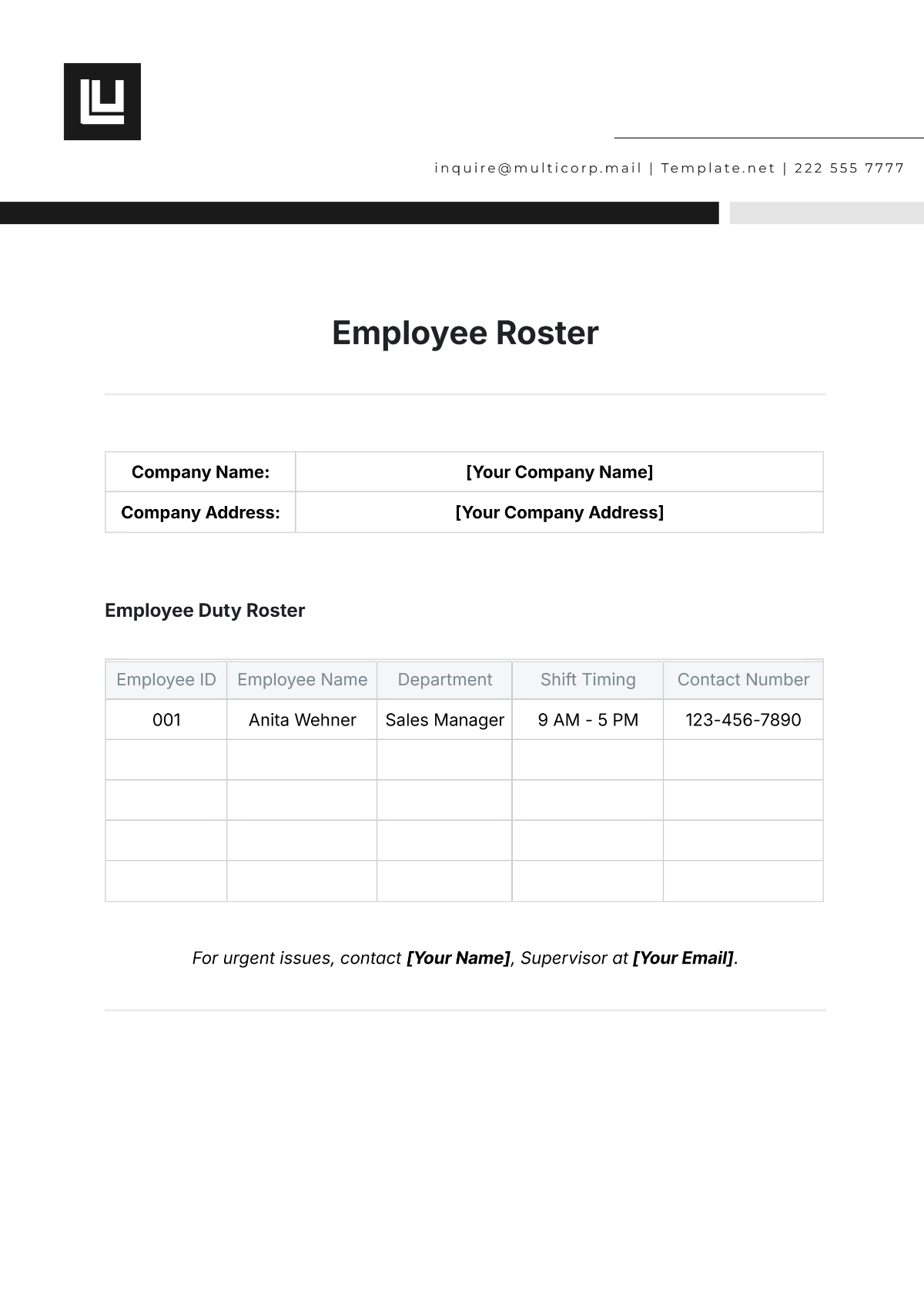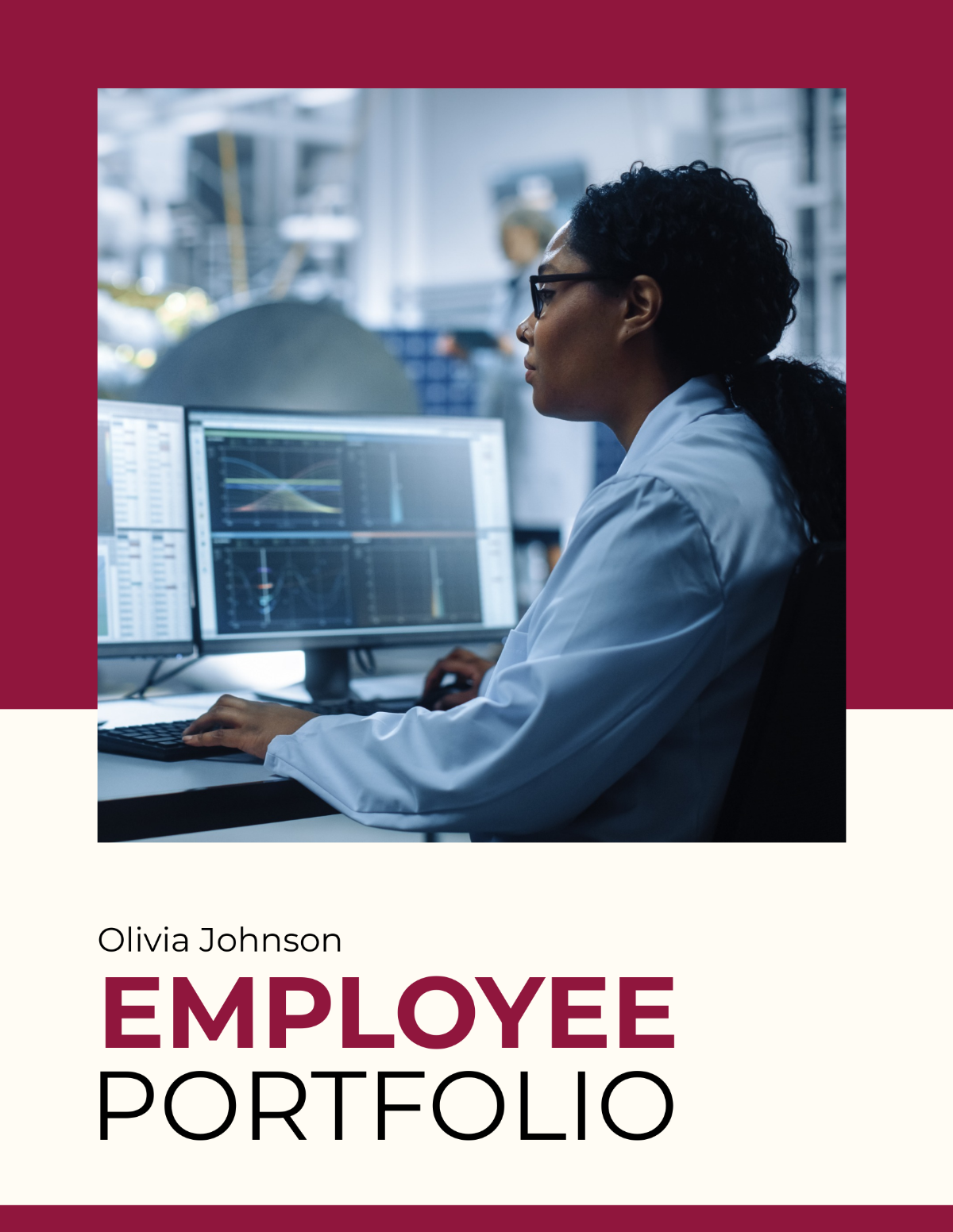Employee Motivation and Rewards Correlation Study HR
Executive Summary
This study embarked on a comprehensive analysis to understand the correlation between our reward systems and employee motivation levels. Utilizing a combination of surveys, interviews, and focus group discussions, we gathered data from a wide cross-section of our workforce. The objective was to evaluate the effectiveness of both monetary and non-monetary rewards in fostering employee motivation and, by extension, enhancing organizational performance. Key findings reveal a significant positive correlation between non-monetary rewards, such as recognition programs, and employee motivation, especially among mid-level employees. Conversely, monetary rewards were found to be a stronger motivator for entry-level and highly experienced employees. Based on these insights, we recommend a more tailored approach to our reward system, emphasizing non-monetary rewards for mid-career employees while enhancing monetary benefits for others. Implementing these recommendations is expected to boost overall employee motivation, satisfaction, and productivity.
Introduction
The purpose of this Employee Motivation and Rewards Correlation Study is to critically examine the relationship between the rewards we provide and the motivation levels of our employees. Understanding this correlation is crucial for designing reward systems that not only attract and retain top talent but also maximize employee engagement and productivity. The scope of this study encompasses an analysis of both monetary rewards, such as bonuses and salary increments, and non-monetary rewards, including recognition programs and professional development opportunities. By identifying which types of rewards most significantly impact employee motivation across different segments of our workforce, we aim to optimize our rewards strategy to better meet the needs and preferences of our employees. This introduction sets the stage for a deeper investigation into our current reward mechanisms, the motivation levels among our employees, and how these elements interact to influence organizational success.
Theoretical Framework
Our study is grounded in several key theoretical models that elucidate the relationship between employee motivation and rewards. The Expectancy Theory posits that employees are more likely to be motivated when they believe their efforts will lead to favorable outcomes, including rewards. This theory underscores the importance of clear communication about the link between performance and rewards. Herzberg's Two-Factor Theory distinguishes between hygiene factors (salary, work conditions) and motivators (recognition, responsibility), suggesting that while the absence of hygiene factors can lead to dissatisfaction, motivators are crucial for driving positive motivation. Lastly, the Self-Determination Theory emphasizes the role of intrinsic versus extrinsic motivation, indicating that while extrinsic rewards (monetary incentives) can be effective, intrinsic rewards (personal growth, fulfillment) are key for sustained motivation. These frameworks guide our analysis of how different types of rewards impact employee motivation within our organization.
Methodology
To analyze the correlation between rewards and employee motivation, we adopted a mixed-methods research design, combining quantitative and qualitative data collection methods to gain a comprehensive understanding of the dynamics at play.
Data Collection Methods
Surveys: Distributed electronically to all employees, the surveys contained questions designed to measure motivation levels and perceptions of the current reward system. The survey included both Likert scale questions and open-ended responses to capture a range of insights.
Interviews: Conducted with a select group of employees across various departments and levels, the interviews provided deeper insights into the qualitative aspects of motivation and the perceived value of different rewards.
Focus Groups: Several focus group sessions were organized with employees from mixed roles to discuss the impact of existing reward systems on their motivation and to gather suggestions for improvement.
Sample Size and Characteristics
The study included responses from 300 employees, representing a cross-section of our workforce, including different departments, job roles, and tenure within the organization.
Analysis Techniques
Quantitative data from the surveys were analyzed using statistical software to identify patterns and correlations between reward types and reported motivation levels. This analysis included the use of regression analysis to understand the strength and direction of these relationships.
Qualitative data from interviews and focus groups were coded and analyzed thematically to identify common themes and insights related to motivation and rewards.
Current Reward Systems
Our organization employs a diverse range of reward mechanisms designed to recognize and incentivize employee performance and commitment. These rewards are structured to cater to various employee needs and preferences, aiming to foster a culture of recognition and achievement. By aligning our reward systems with organizational goals, we strive to enhance employee motivation and satisfaction, thereby driving overall performance and success.
Existing Reward Mechanisms
Reward Type | Description |
Monetary Bonuses | Annual performance-based bonuses for achieving or exceeding specific targets. |
Salary Increments | Regular salary reviews leading to increments based on performance ratings. |
Recognition Programs | Formal acknowledgment in company-wide meetings for outstanding contributions. |
Professional Development Opportunities | Sponsorship for courses, workshops, or conferences relevant to the employee's role. |
Flexible Working Arrangements | Options for remote work or flexible schedules to support work-life balance. |
Criteria for Awarding Rewards
Reward Type | Criteria |
Monetary Bonuses | Achievement of individual and team performance targets. |
Salary Increments | Annual performance rating of "Meets Expectations" or higher. |
Recognition Programs | Nomination by peers or managers for exceptional contribution or innovation. |
Professional Development Opportunities | Demonstrated interest in professional growth and relevance to current role. |
Flexible Working Arrangements | Consistent high performance and ability to maintain productivity remotely. |
Analysis of Employee Motivation Levels
To assess the impact of our reward systems on employee motivation, we conducted a survey measuring various dimensions of employee motivation and satisfaction.
Employee Motivation Data
Motivation Aspect | Average Rating (out of 5) |
Overall Job Satisfaction | 4.2 |
Satisfaction with Recognition | 3.8 |
Satisfaction with Monetary Rewards | 3.5 |
Engagement Level | 4.0 |
Willingness to Recommend as a Great Place to Work | 4.3 |
Analysis of the Data
The data indicates a generally high level of job satisfaction and engagement among employees, with the overall job satisfaction scoring an average of 4.2 out of 5. This suggests that the current reward systems are positively impacting employee motivation to a significant extent. Notably, satisfaction with recognition programs (3.8) scored higher than satisfaction with monetary rewards (3.5), suggesting that non-monetary rewards might be playing a more crucial role in driving employee motivation and satisfaction. The high willingness to recommend the organization as a great place to work (4.3) further supports the effectiveness of the current reward mechanisms in fostering a positive work environment. However, the relatively lower satisfaction with monetary rewards indicates an area for further investigation and potential improvement to ensure these rewards are as impactful and meaningful as the non-monetary aspects of our reward system.
Correlation Between Rewards and Motivation
To determine the relationship between various rewards and employee motivation levels, we conducted a statistical analysis using the data collected from our surveys. This analysis aimed to identify which types of rewards have the strongest correlation with high motivation levels among employees, providing insights into how our reward systems can be optimized to further enhance motivation and engagement.
Correlation Values
Reward Type | Correlation |
Monetary Bonuses | 0.65 |
Salary Increments | 0.60 |
Recognition Programs | 0.75 |
Professional Development Opportunities | 0.70 |
Flexible Working Arrangements | 0.68 |
Analysis
The correlation analysis reveals that Recognition Programs have the highest correlation (0.75) with employee motivation, suggesting that being acknowledged for their contributions significantly impacts employees' motivation levels. Professional Development Opportunities and Flexible Working Arrangements also show strong positive correlations (0.70 and 0.68, respectively), indicating that opportunities for growth and flexible work conditions are highly valued by employees. While Monetary Bonuses and Salary Increments have positive correlations with motivation (0.65 and 0.60), they are not as strongly correlated as non-monetary rewards. This underscores the importance of a holistic rewards approach that balances financial incentives with opportunities for recognition, professional growth, and work-life balance to maximize employee motivation.
Key Findings
The analysis of the correlation between rewards and employee motivation yielded several key insights:
Recognition is Key: Recognition programs have the strongest correlation with employee motivation, highlighting the value employees place on acknowledgment and appreciation of their efforts.
Value of Professional Development: Employees highly value professional development opportunities, suggesting that investment in employee growth contributes significantly to their motivation.
Flexible Work Arrangements: The positive correlation between flexible working arrangements and motivation levels indicates that work-life balance is a critical motivator for today's workforce.
Monetary Rewards: While monetary rewards such as bonuses and salary increments positively impact motivation, they are less strongly correlated than non-monetary rewards. This suggests that while financial incentives are important, they should be part of a broader, more diversified rewards strategy.
Holistic Approach to Rewards: The findings advocate for a holistic approach to rewards, combining financial incentives with non-monetary rewards such as recognition, professional development, and flexibility. This approach is likely to be more effective in enhancing employee motivation and satisfaction.
Recommendations
Based on the findings of our study, we propose several recommendations to enhance our rewards strategy and, by extension, employee motivation and engagement:
Enhance Recognition Programs: Develop and implement a more robust recognition program that acknowledges a variety of achievements, including team successes, individual contributions, and innovative ideas.
Expand Professional Development Opportunities: Increase investment in professional development programs, including access to online courses, workshops, and conferences, tailored to employee interests and career goals.
Increase Flexibility in Working Arrangements: Further promote flexible working arrangements, such as remote work options and flexible hours, to support work-life balance and attract a diverse workforce.
Review and Adjust Monetary Reward Structures: While maintaining competitive salary and bonus structures, ensure they are aligned with market standards and reflect individual and team performance accurately.
Implement Regular Feedback Mechanisms: Establish regular feedback channels to gauge employee satisfaction with reward systems and make adjustments based on employee input.
Communicate Reward Criteria Clearly: Enhance transparency around how rewards are determined to ensure employees understand how their efforts contribute to receiving various rewards.
Monitor and Evaluate Reward System Impact: Continuously monitor the impact of reward systems on employee motivation and adjust strategies based on empirical evidence and feedback.
Conclusion
The Employee Motivation and Rewards Correlation Study has provided valuable insights into the dynamics between different types of rewards and employee motivation levels within our organization. The findings highlight the importance of a well-rounded rewards strategy that goes beyond monetary incentives to include recognition, professional development, and flexible working arrangements. By implementing the recommended changes, we can better align our rewards system with what truly motivates our employees, thereby enhancing their satisfaction, engagement, and productivity. This holistic approach to rewards and motivation not only supports our current workforce but also positions us as an employer of choice for prospective employees. Moving forward, it will be crucial to continually assess and adapt our rewards strategy to meet the evolving needs and expectations of our employees, ensuring our organization remains competitive and successful in an ever-changing business environment.


